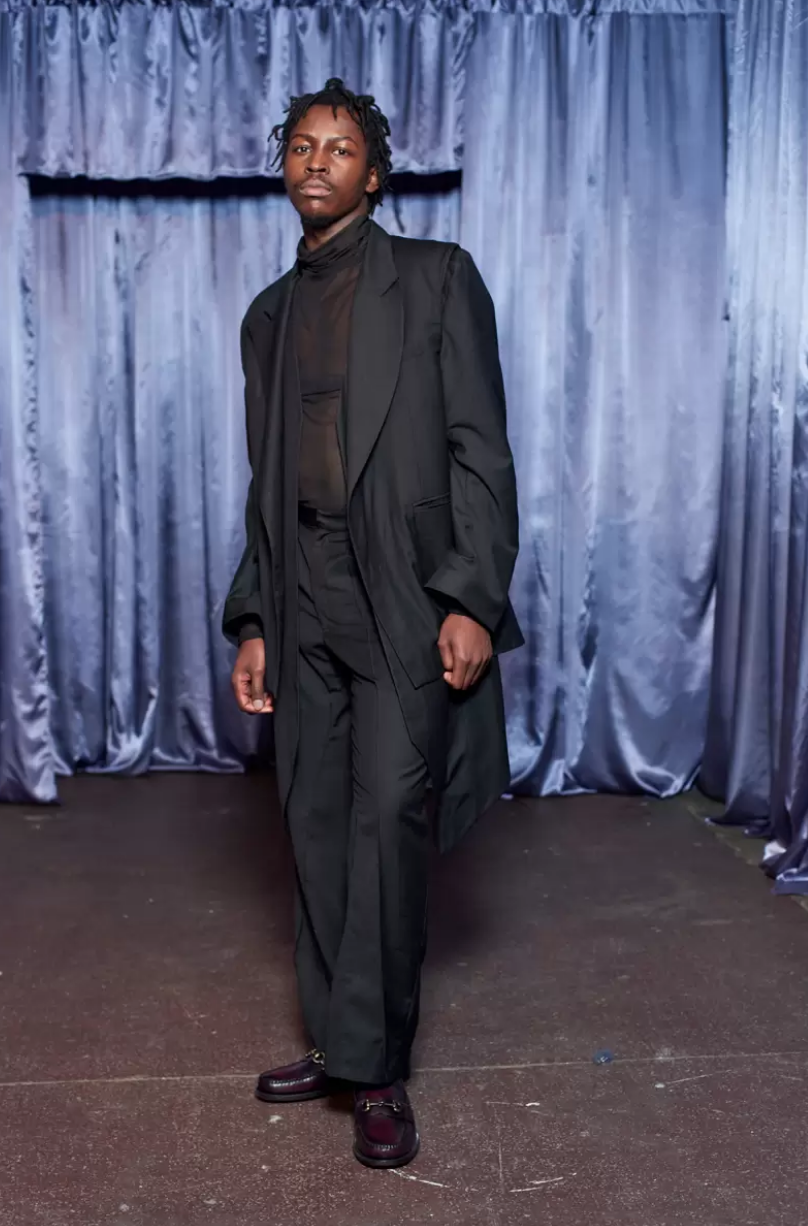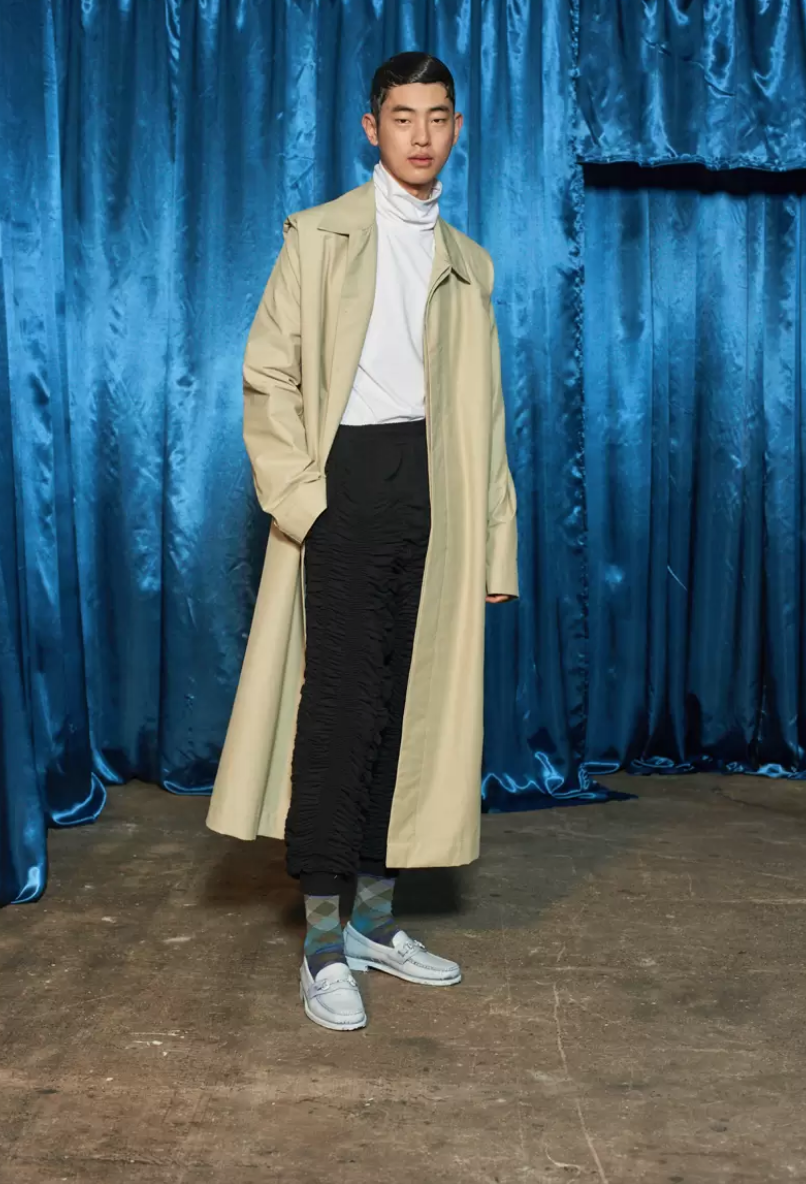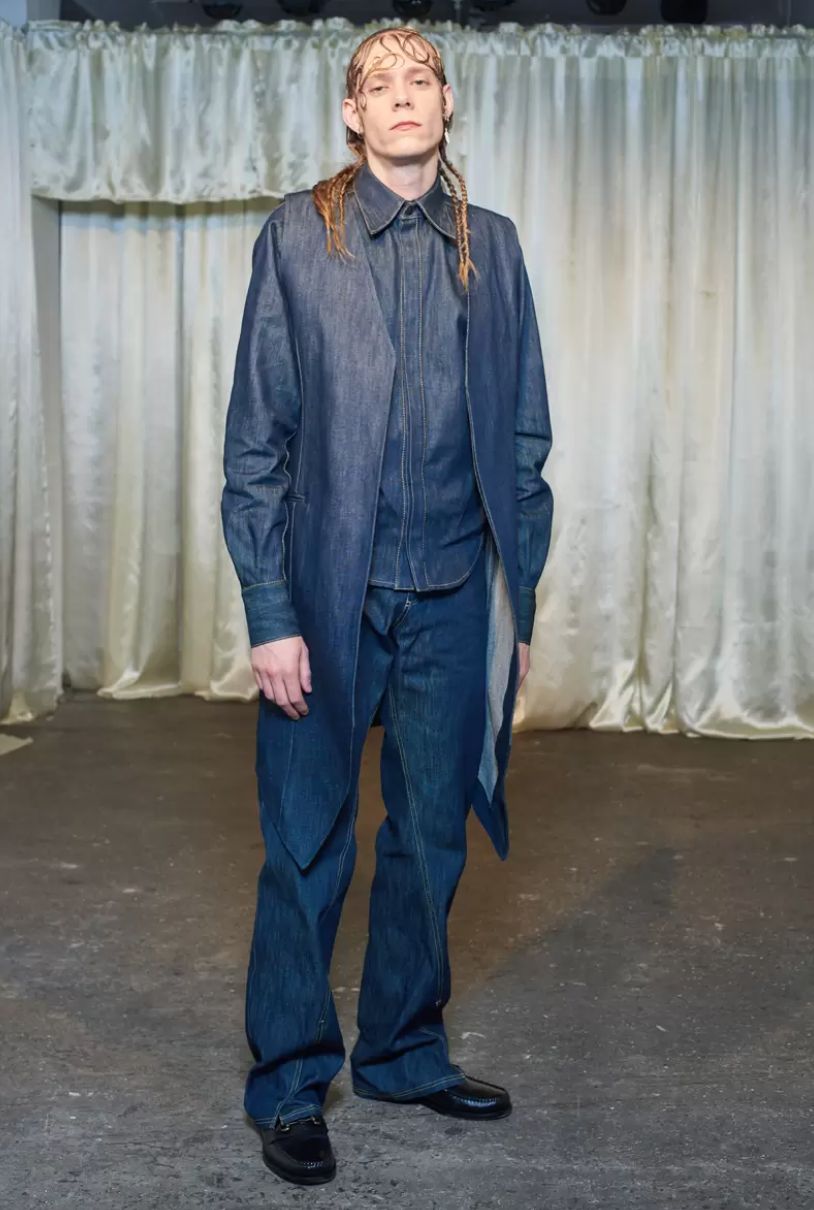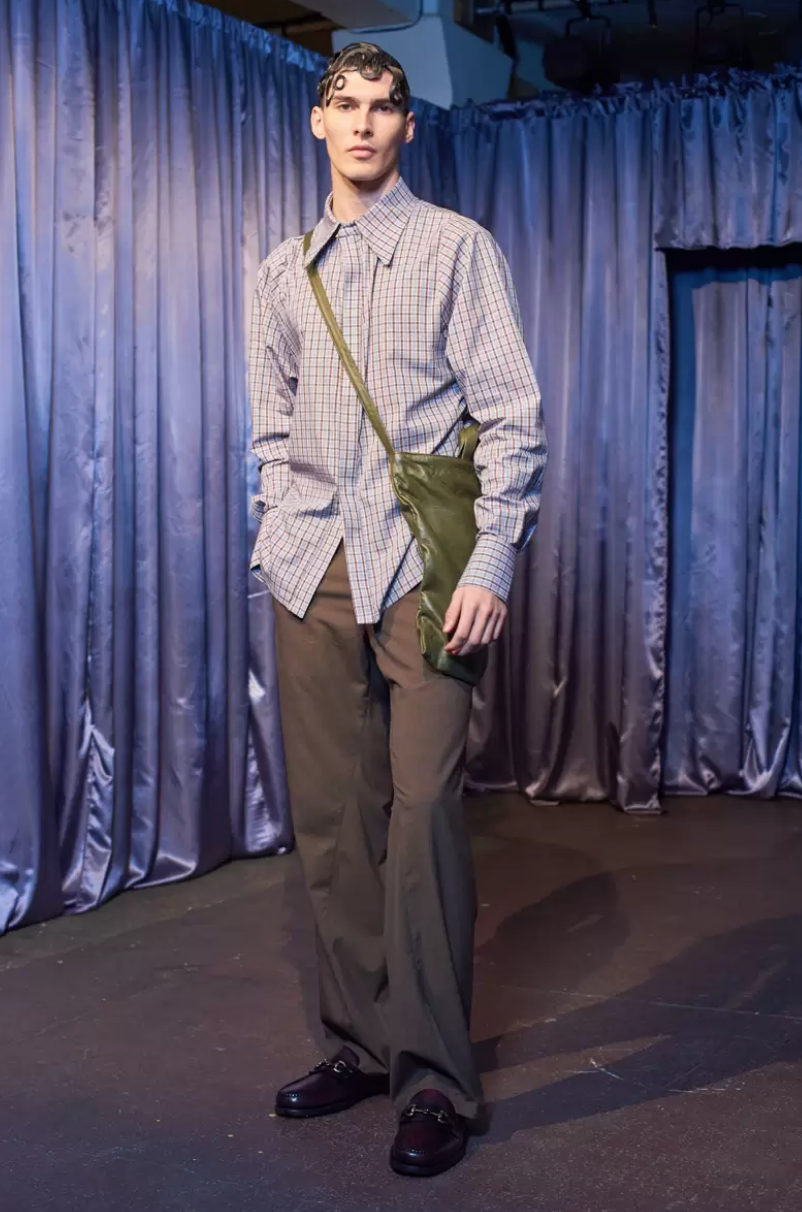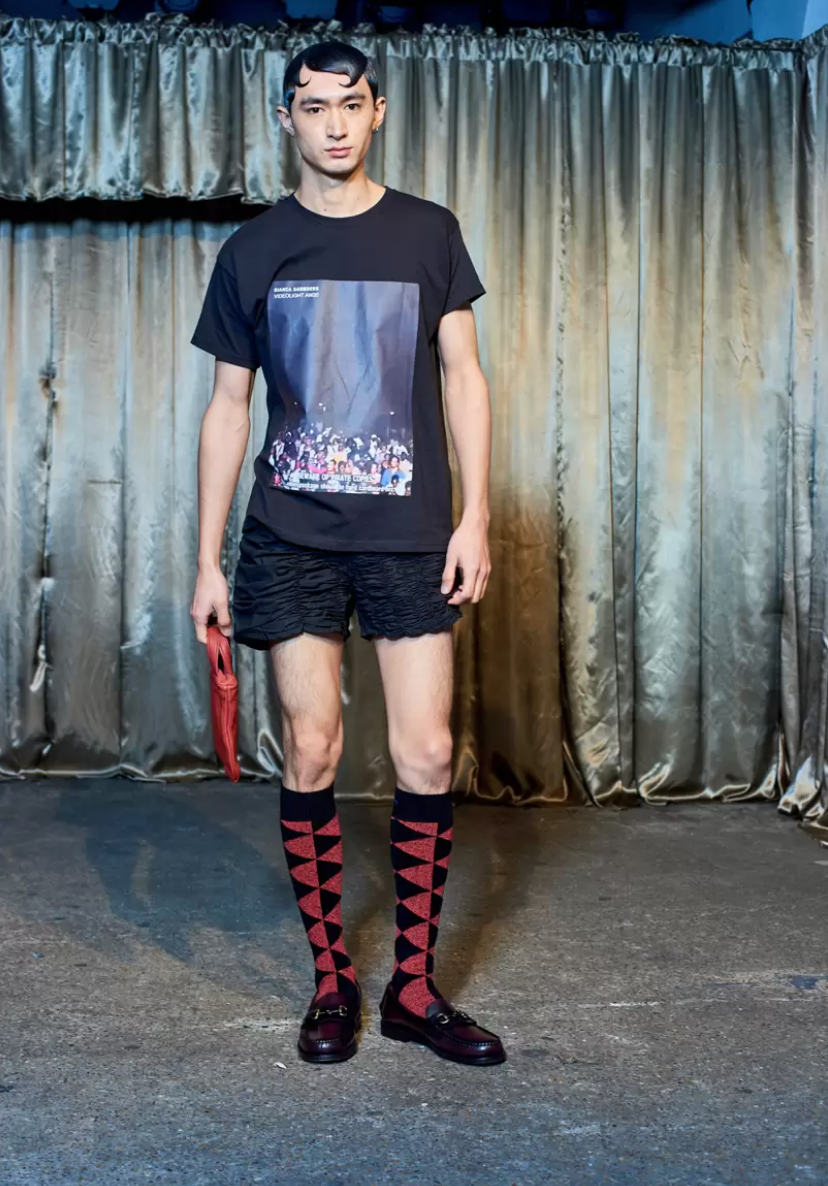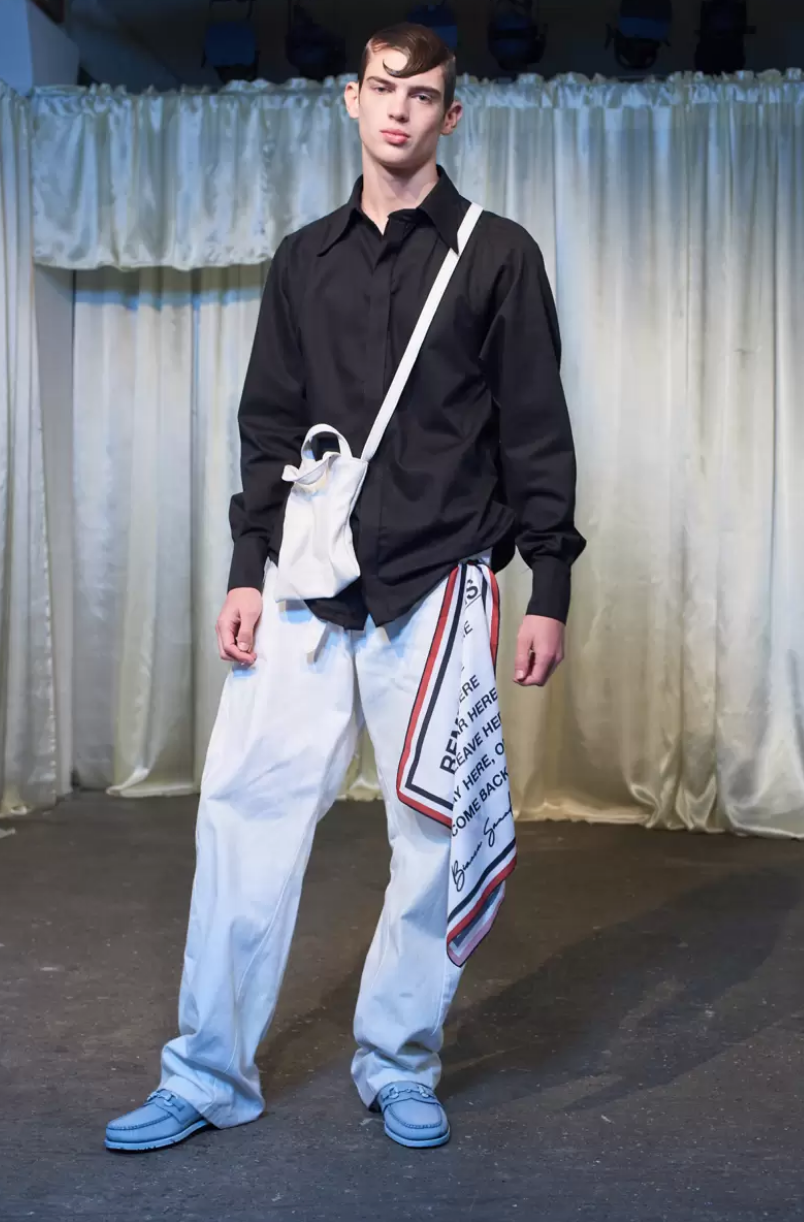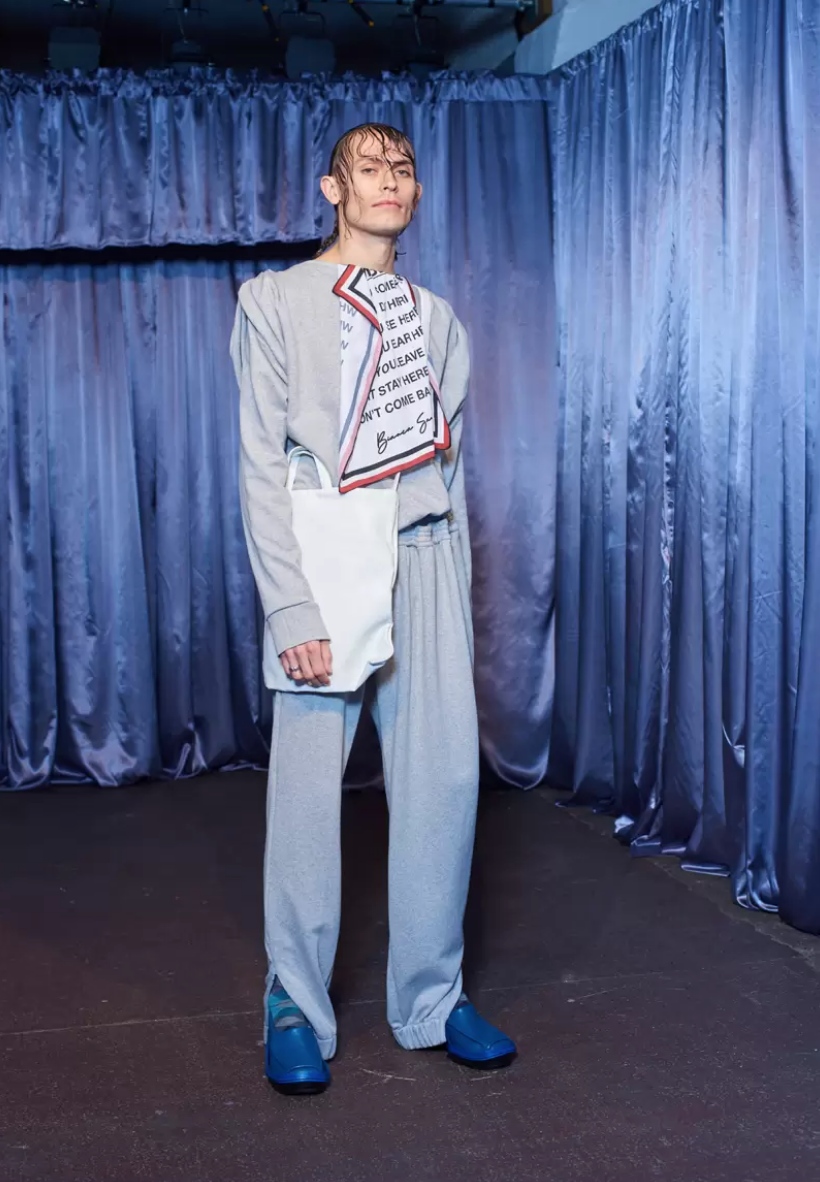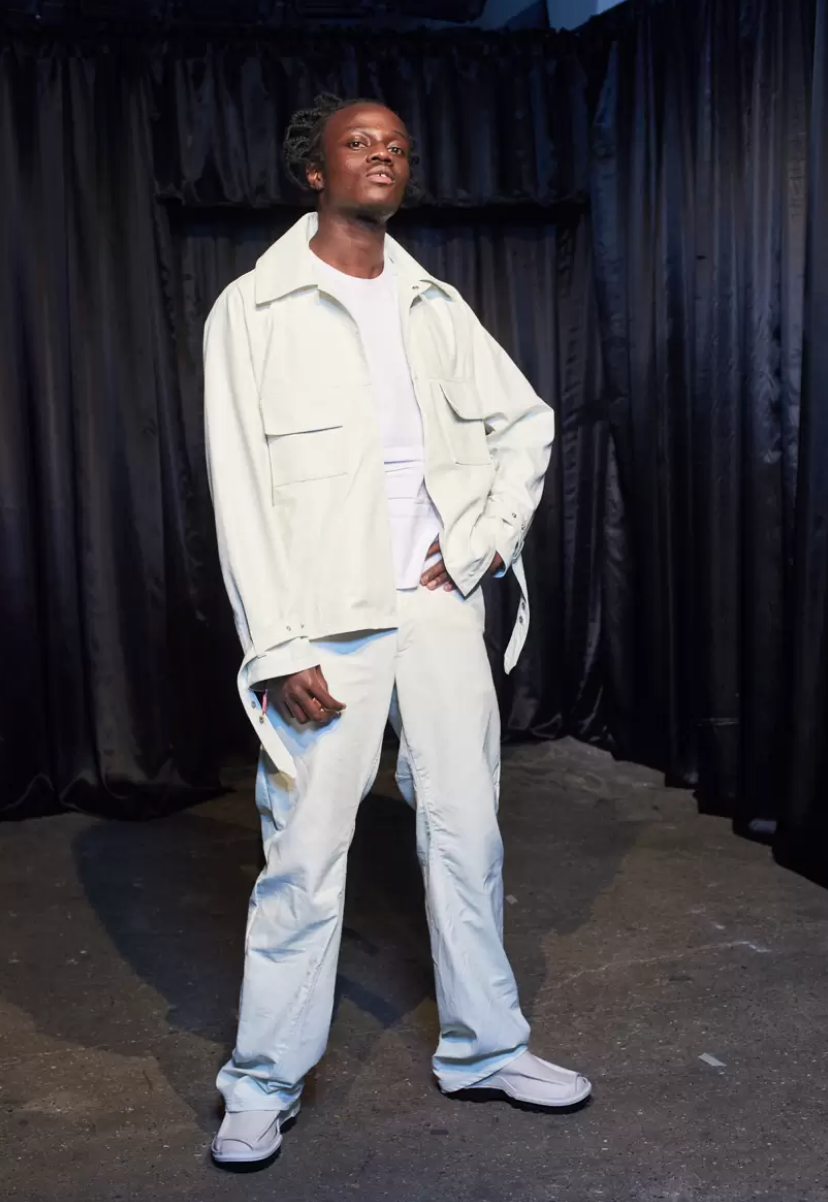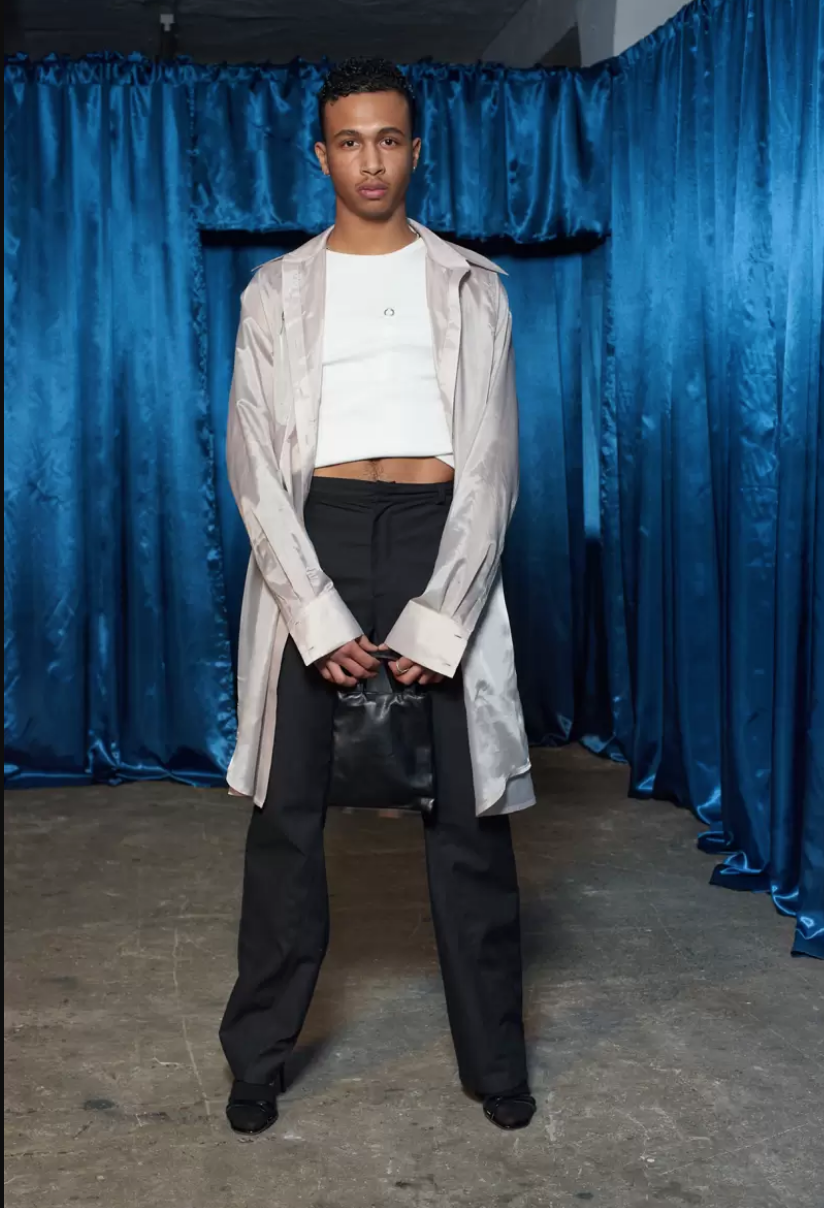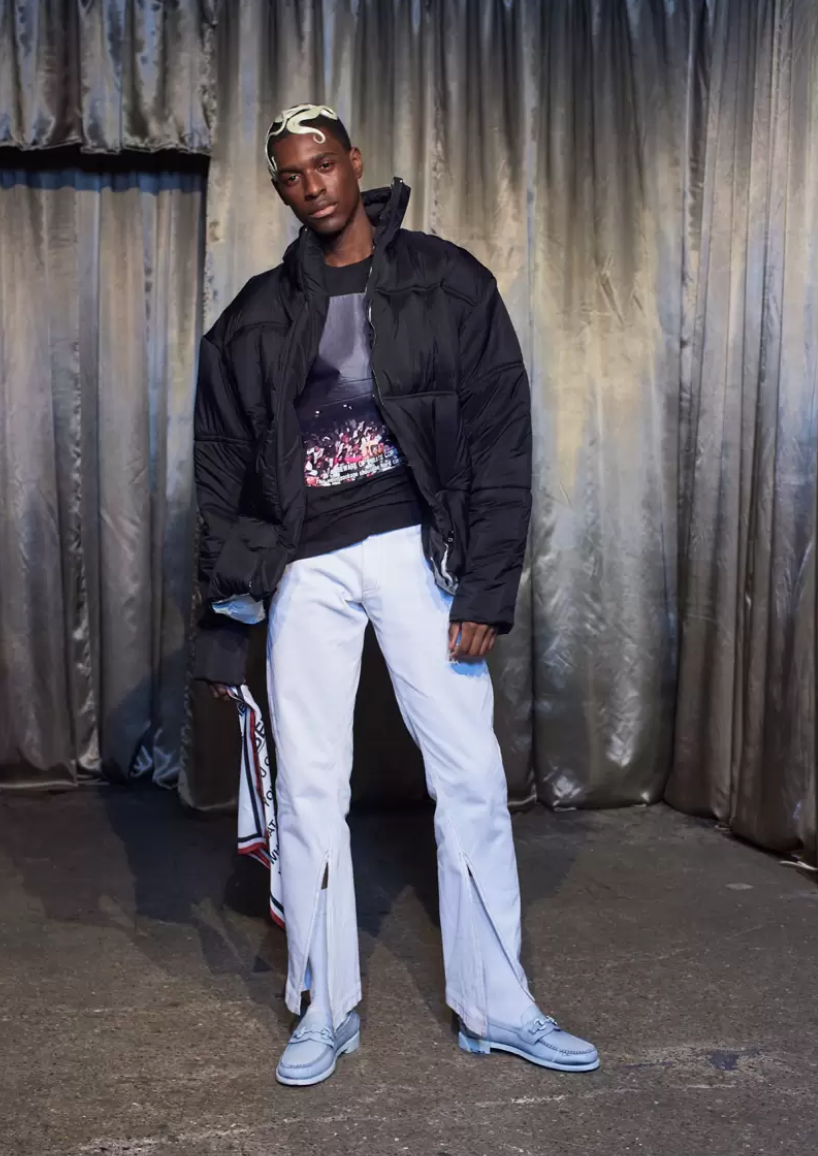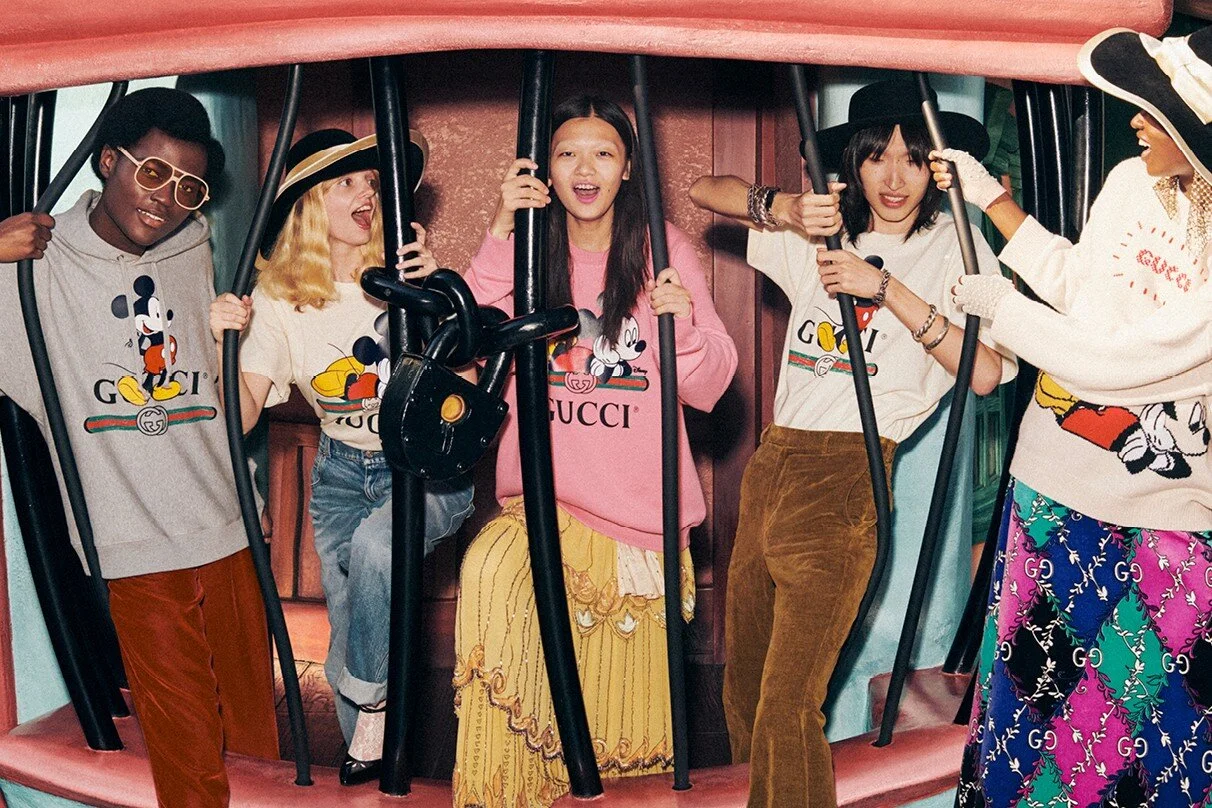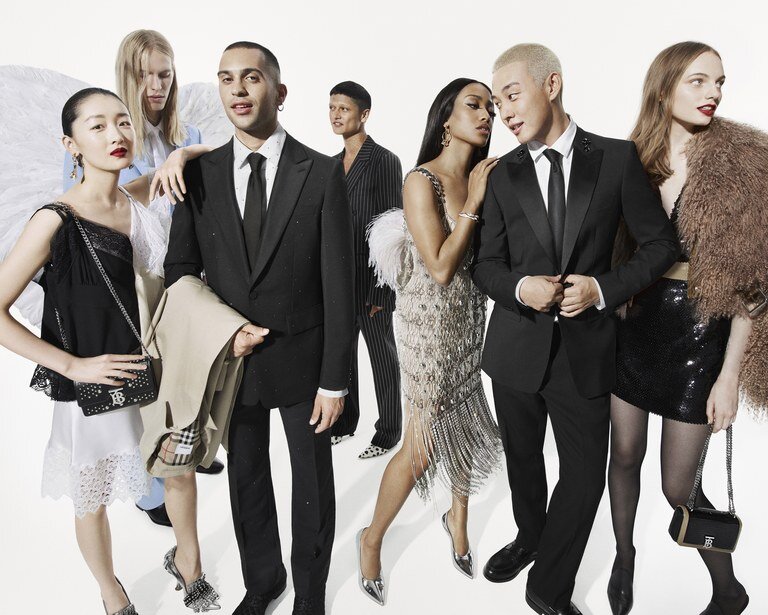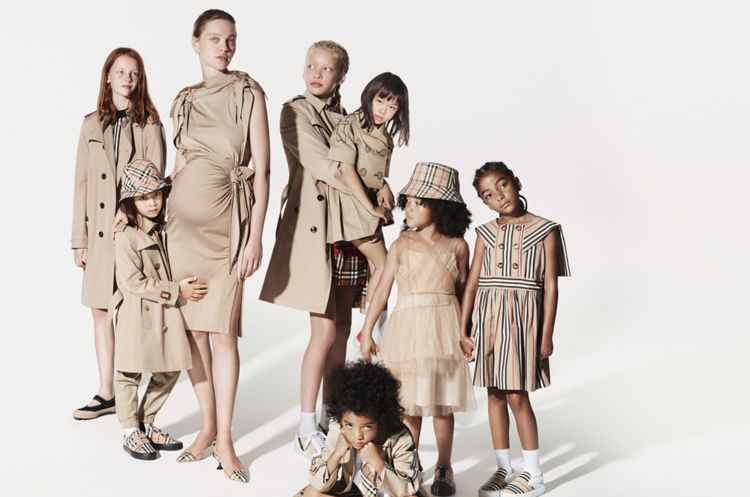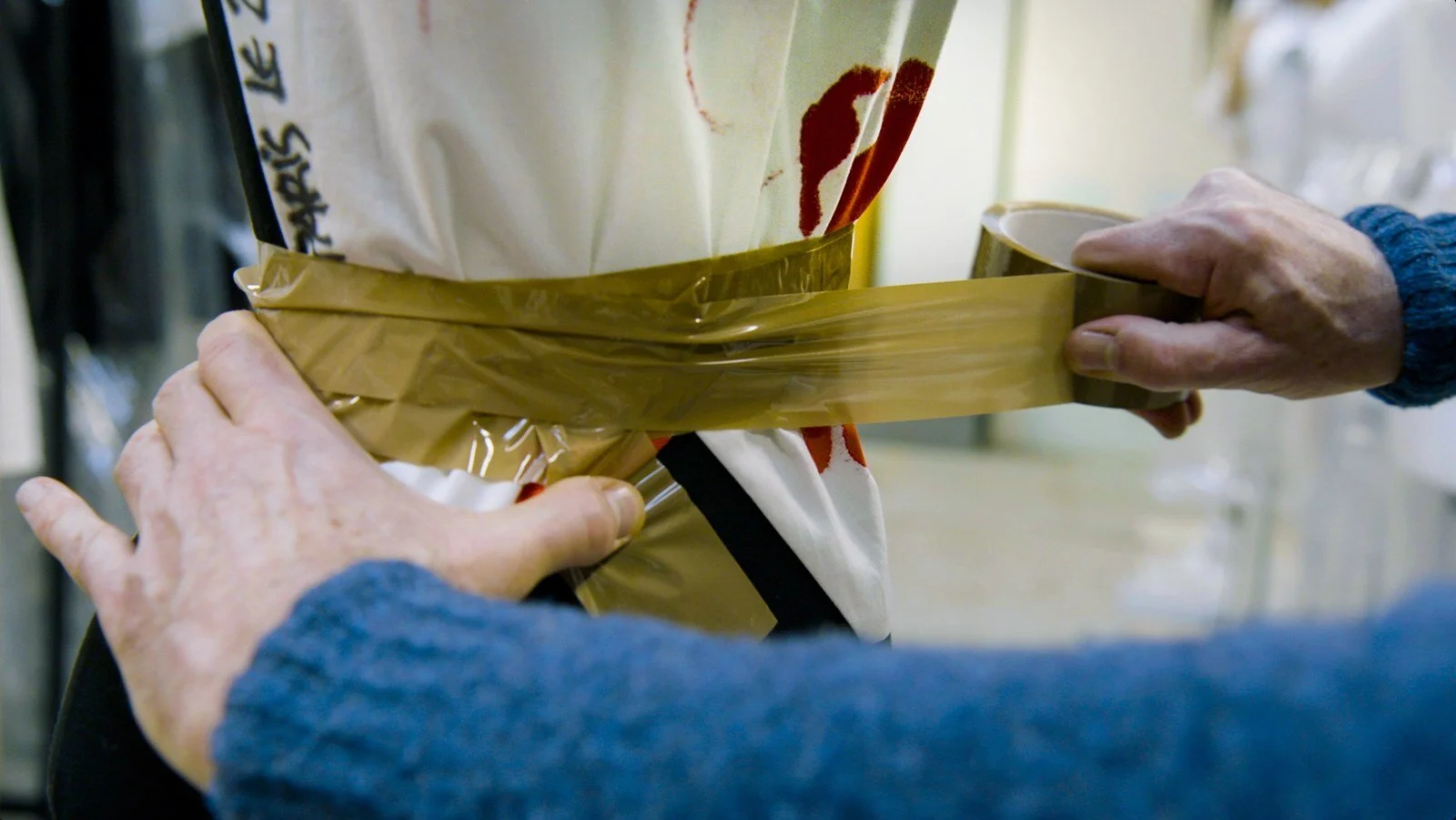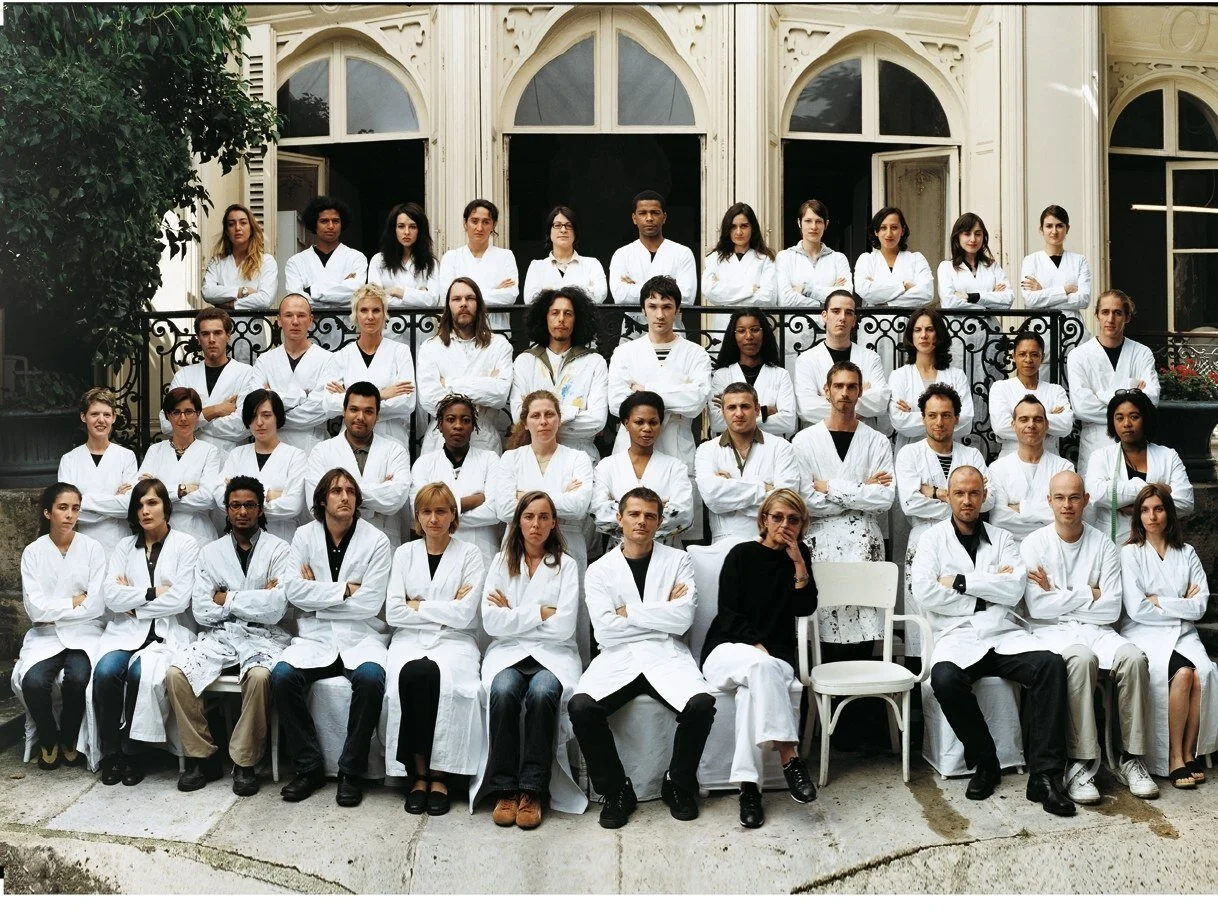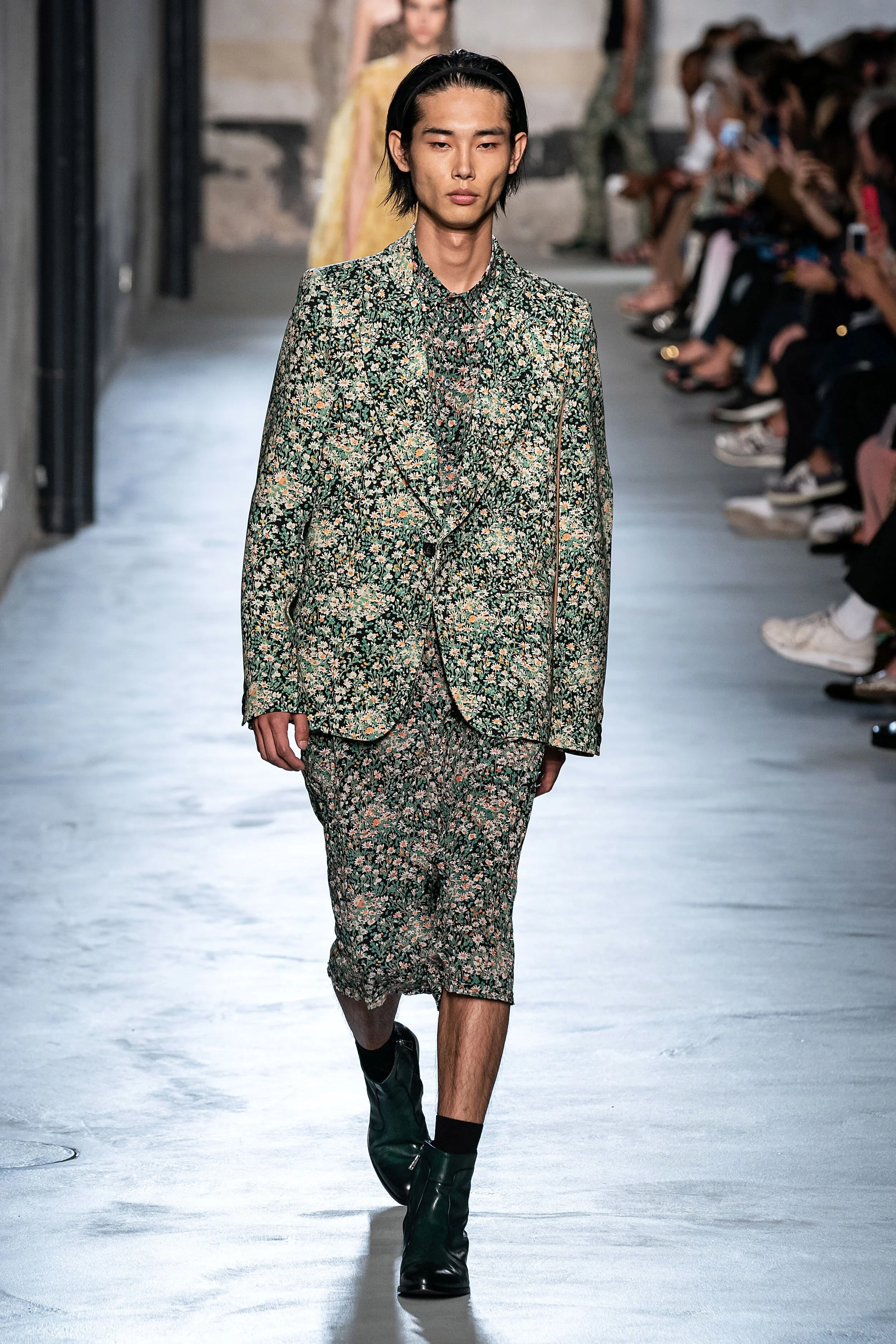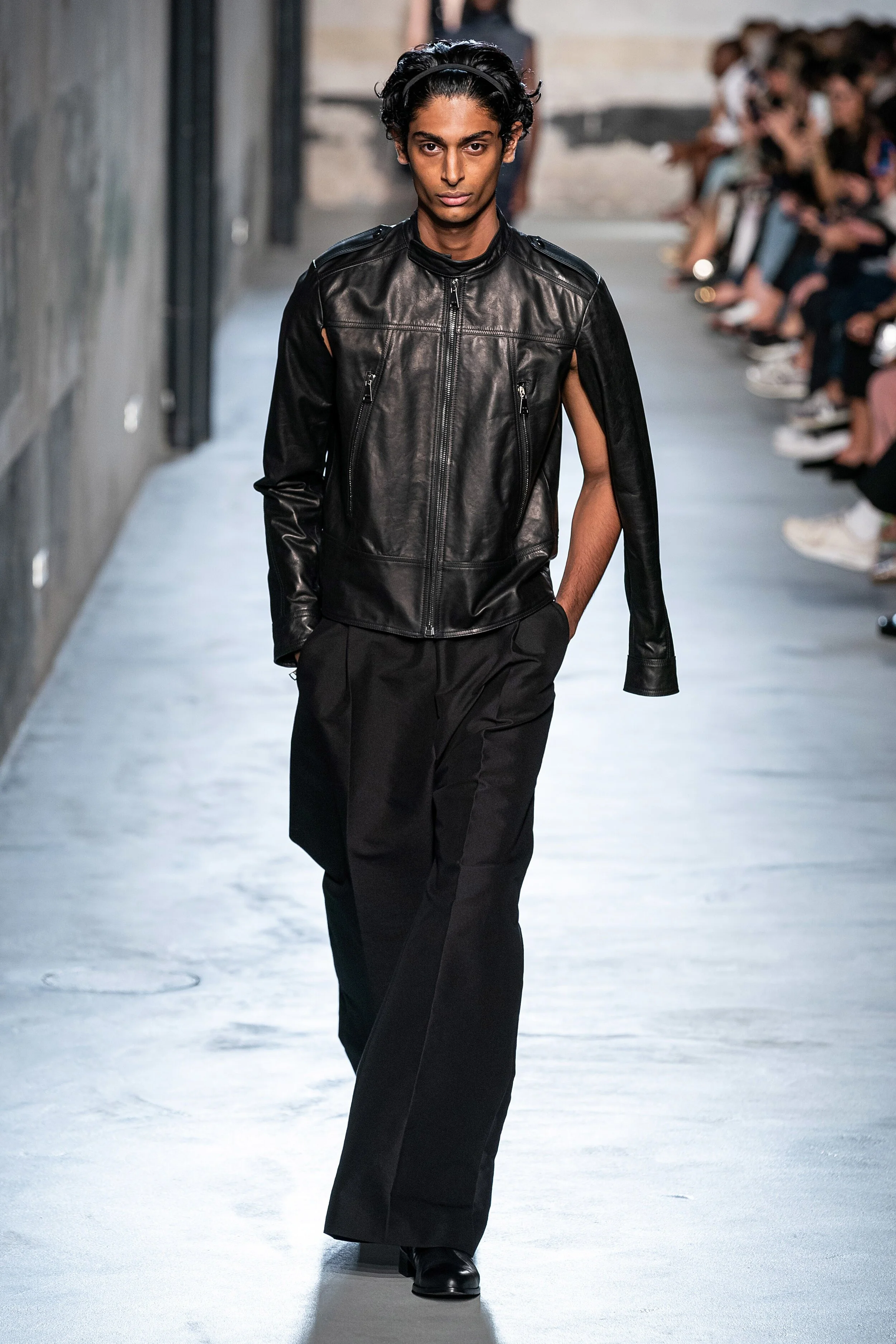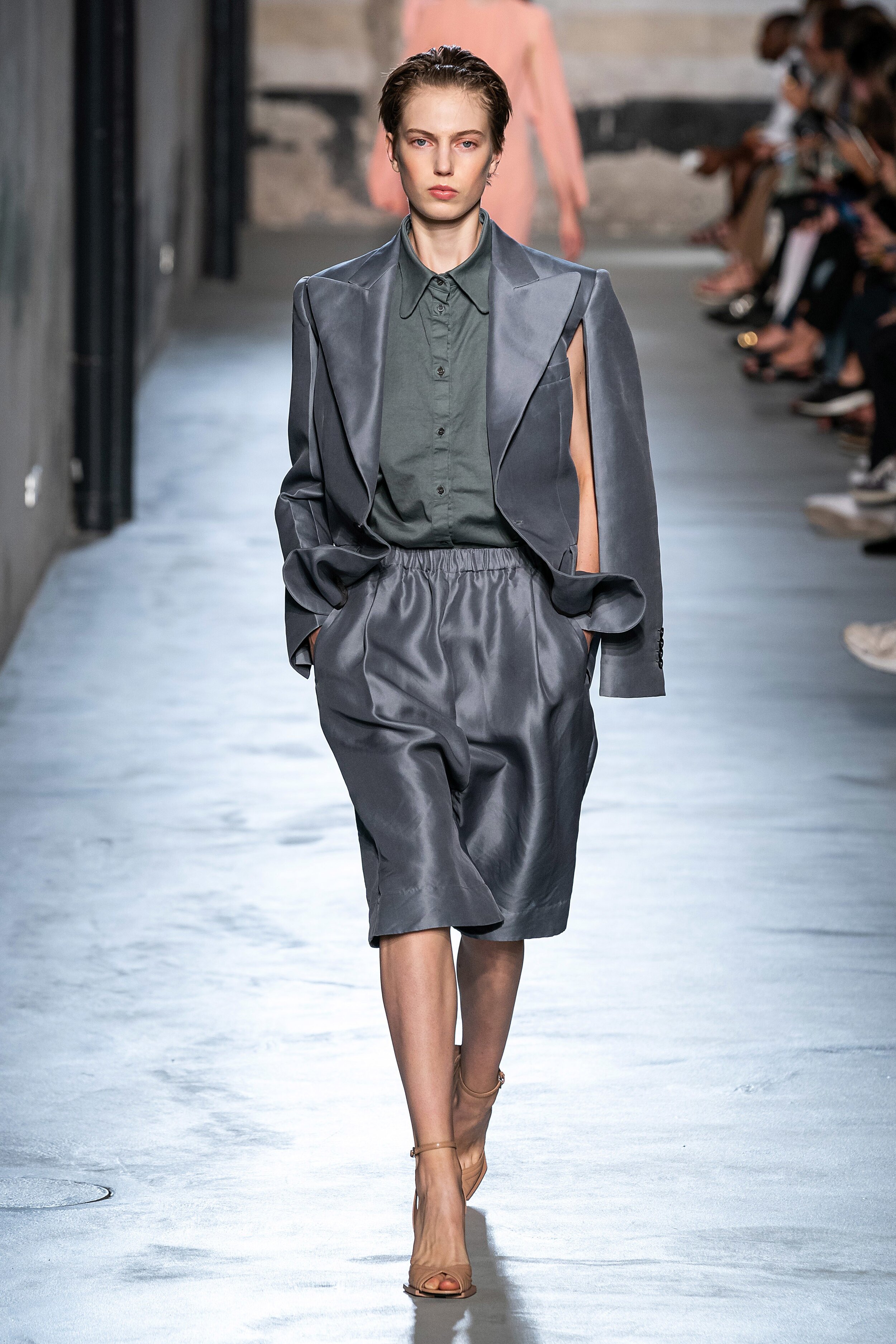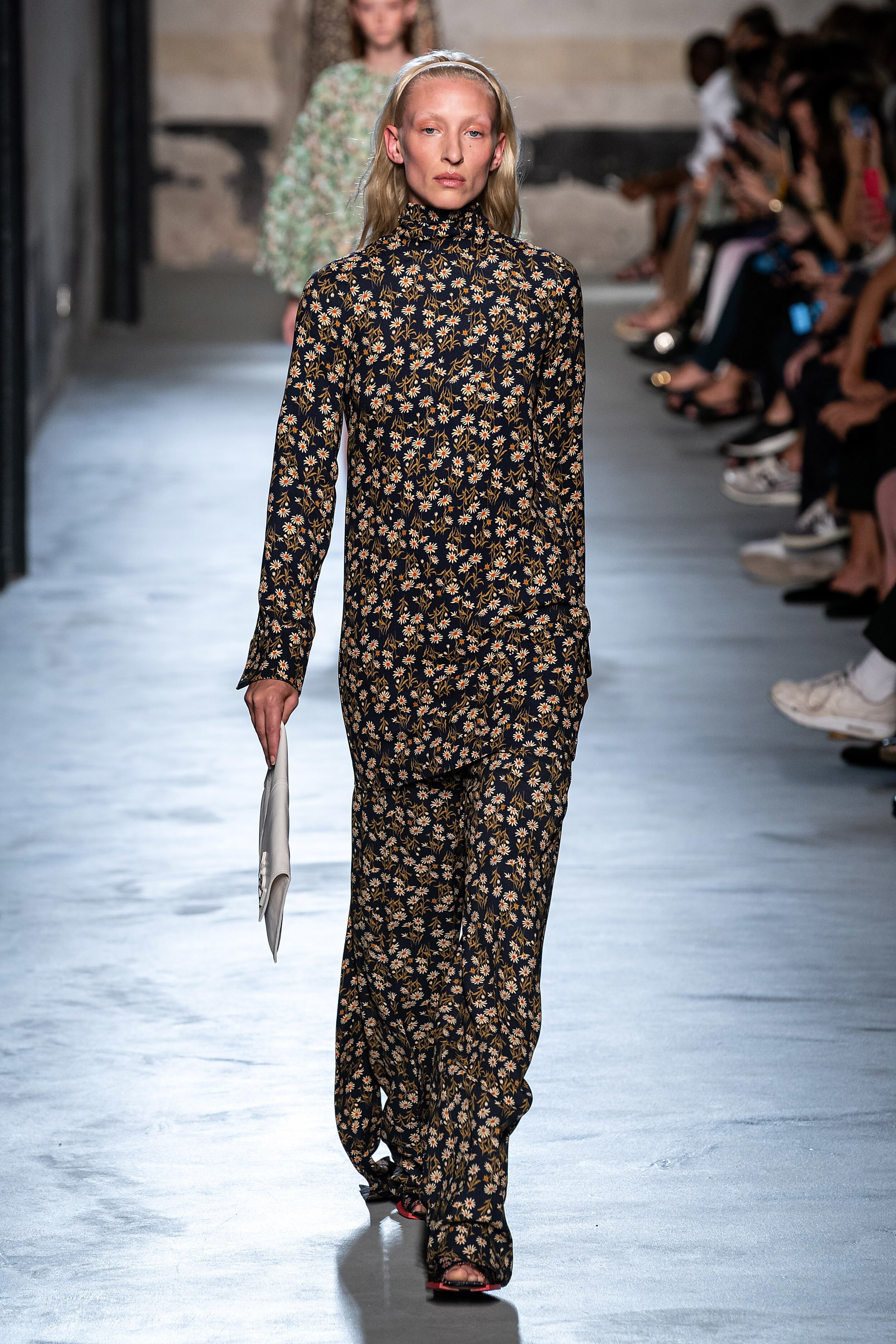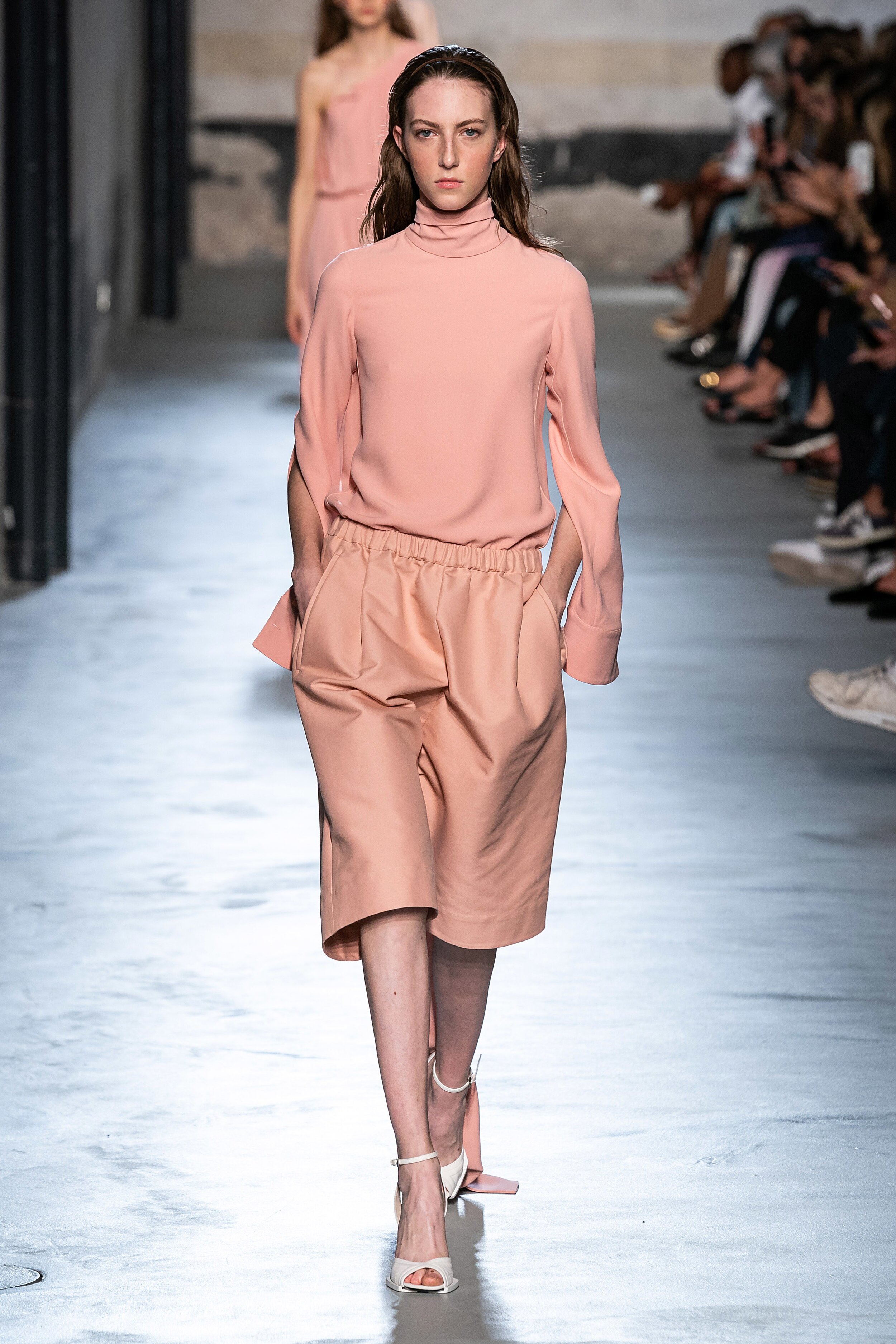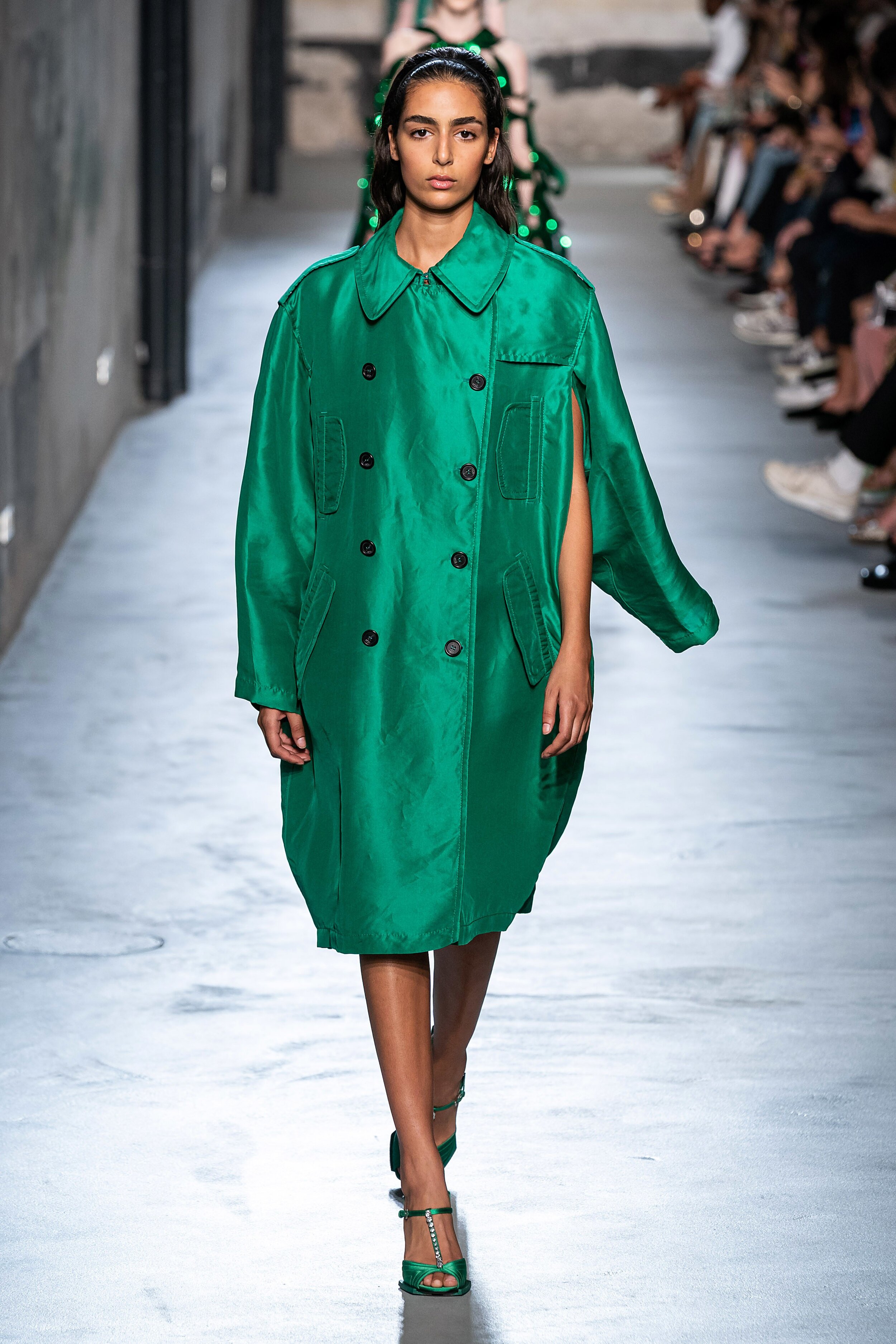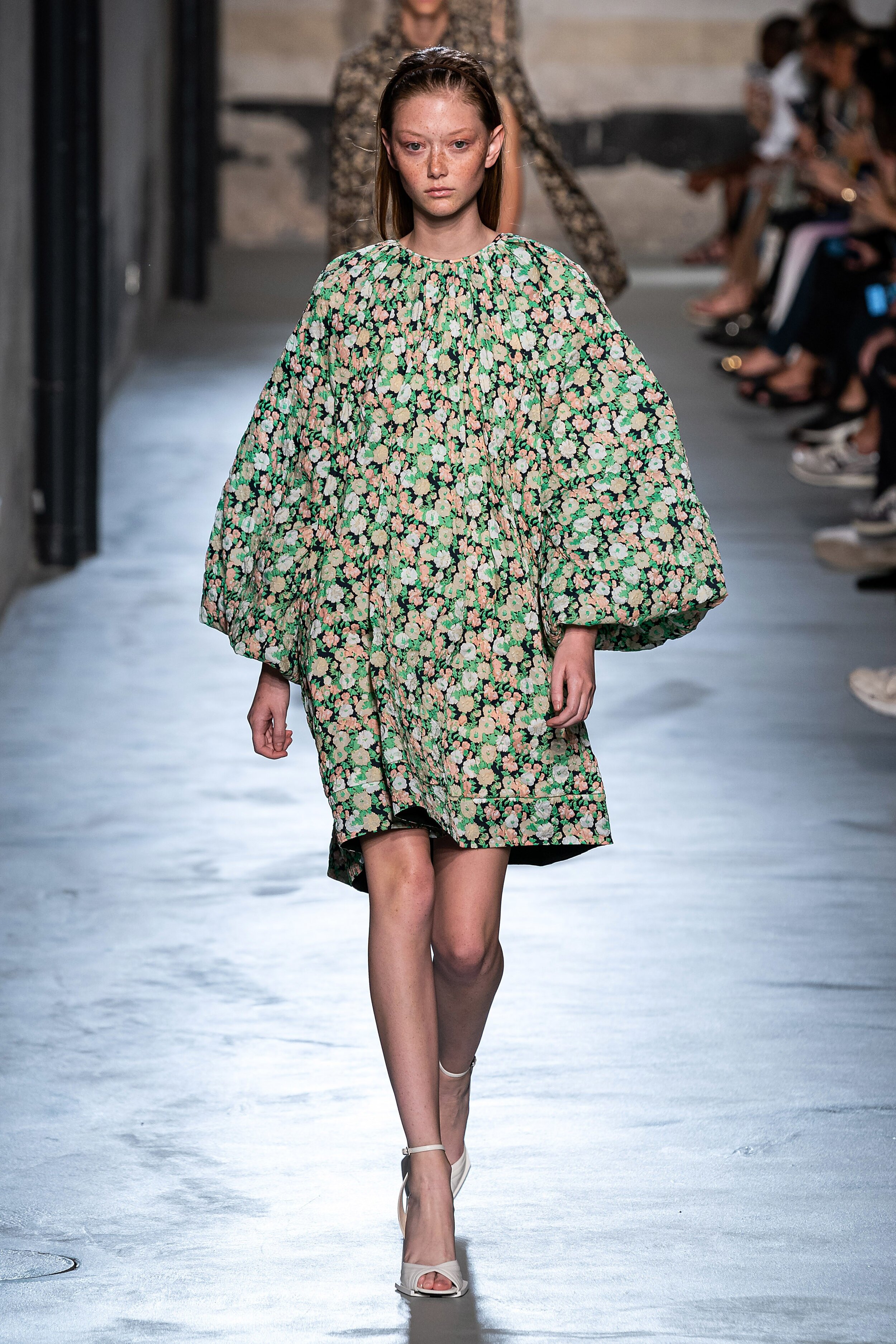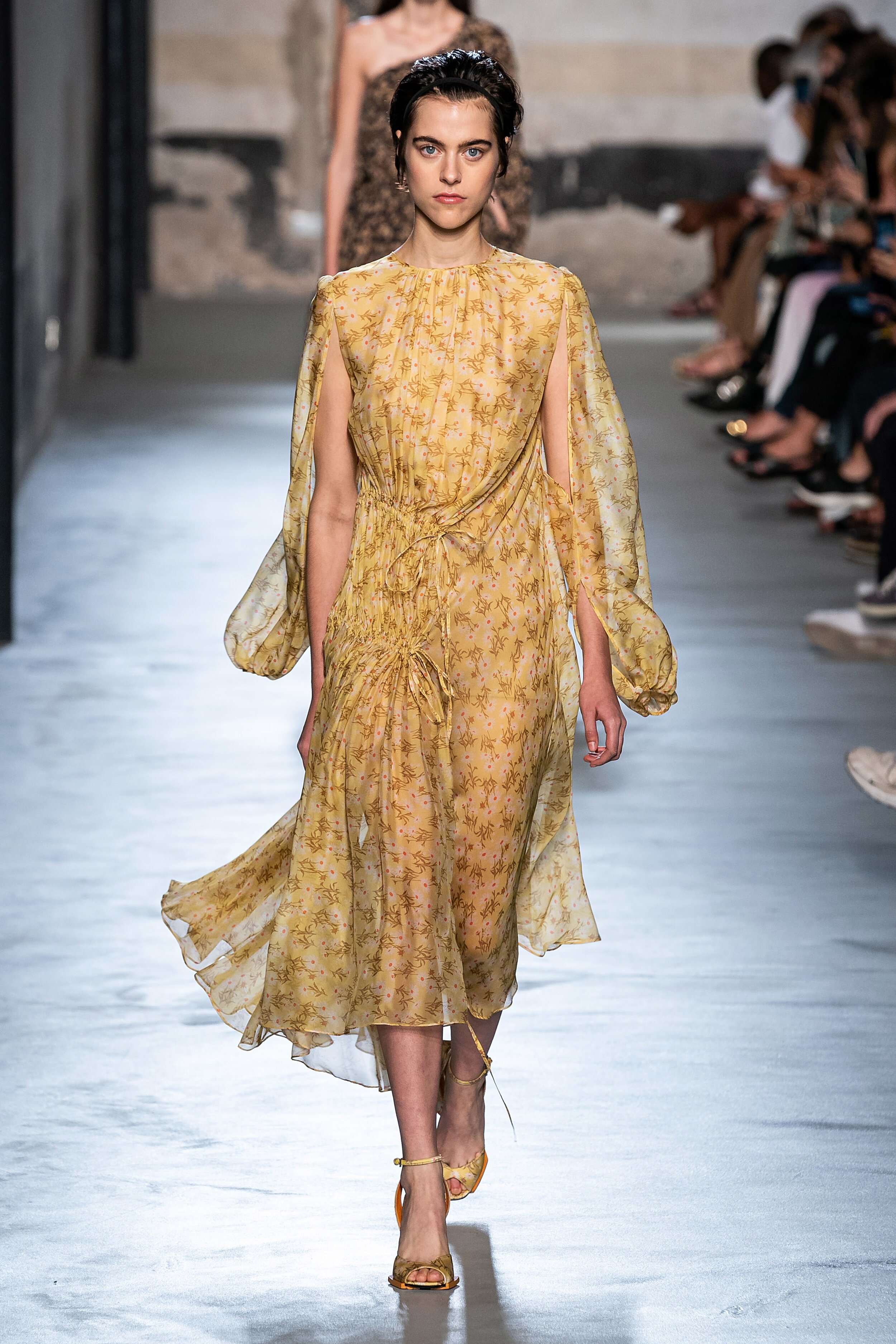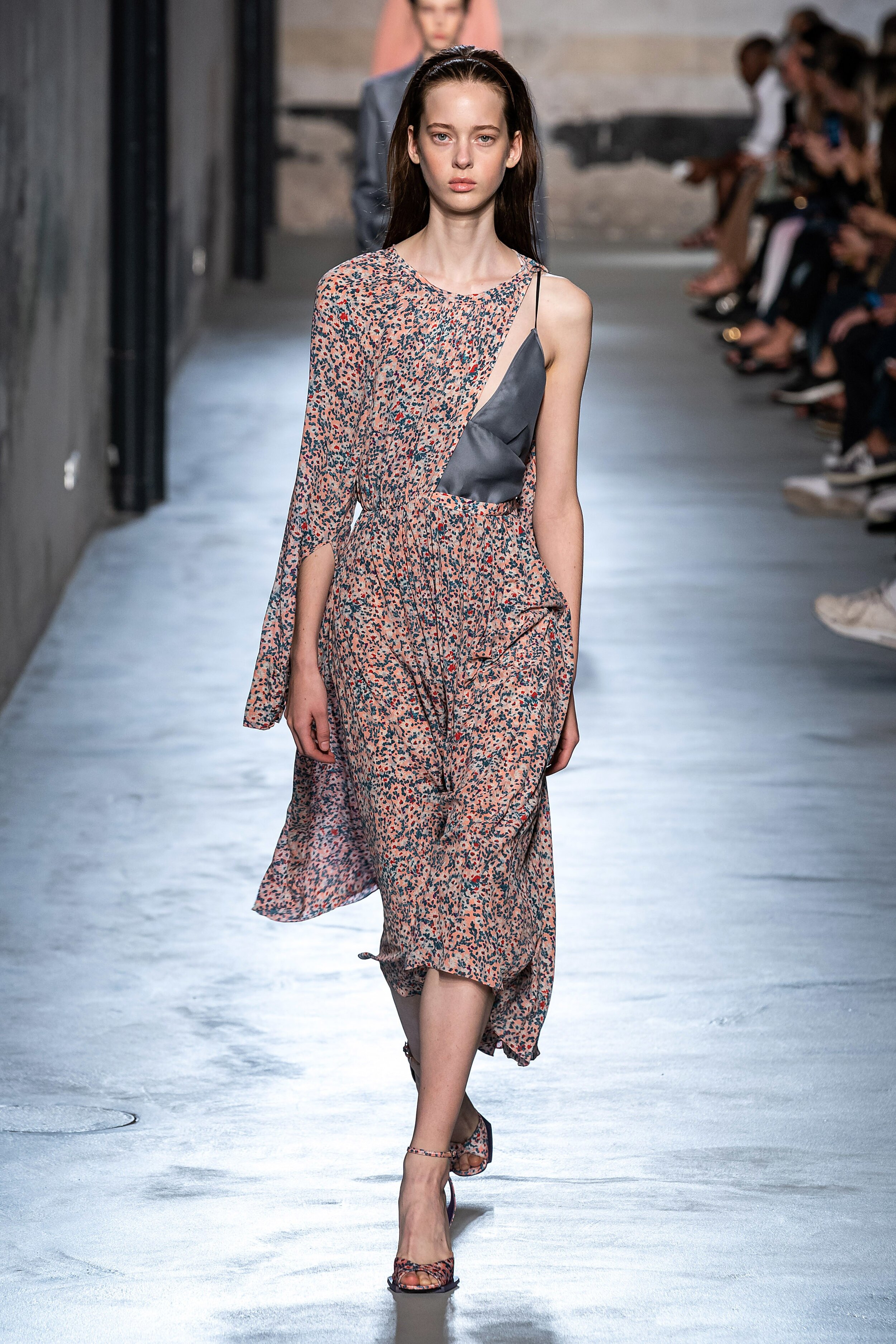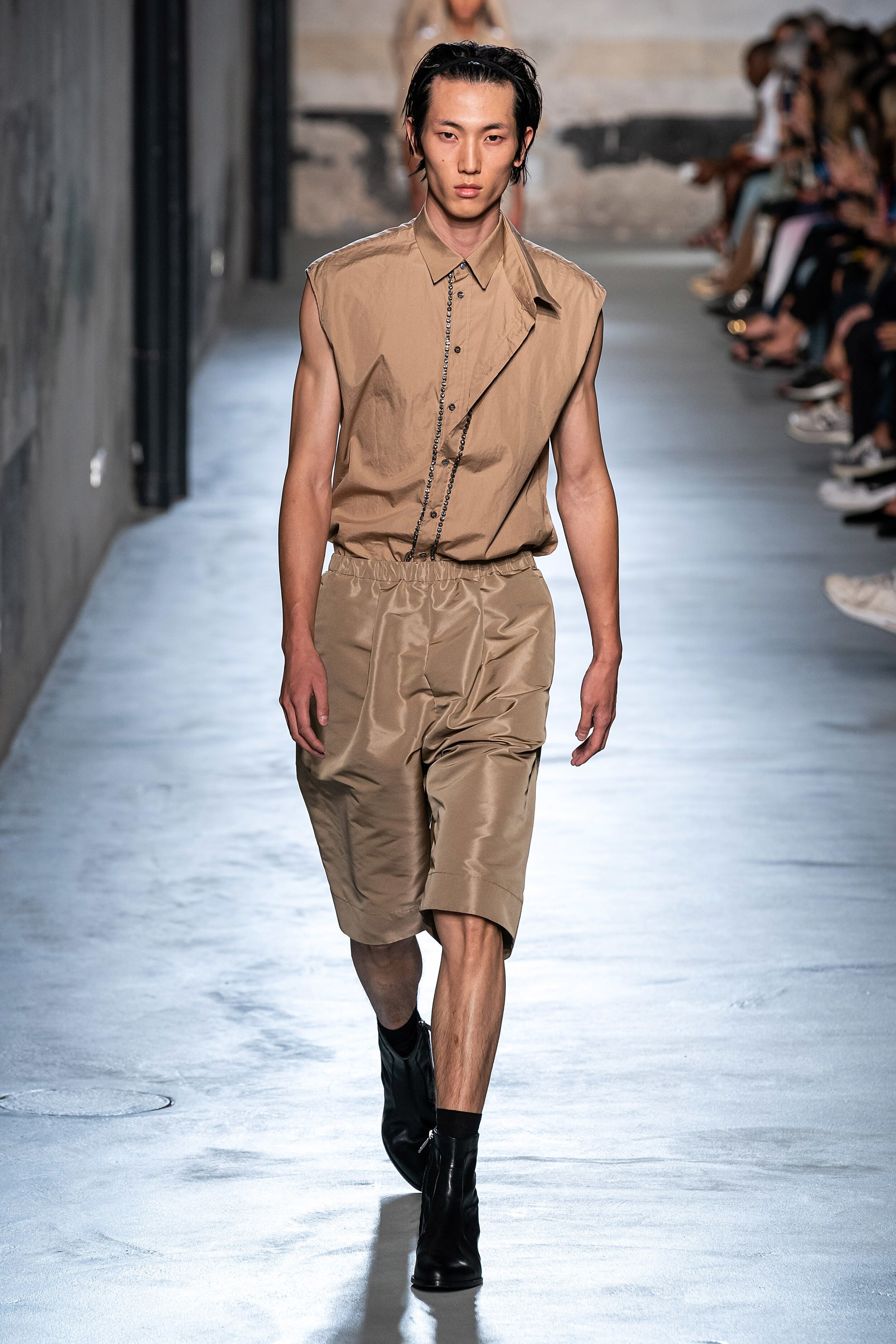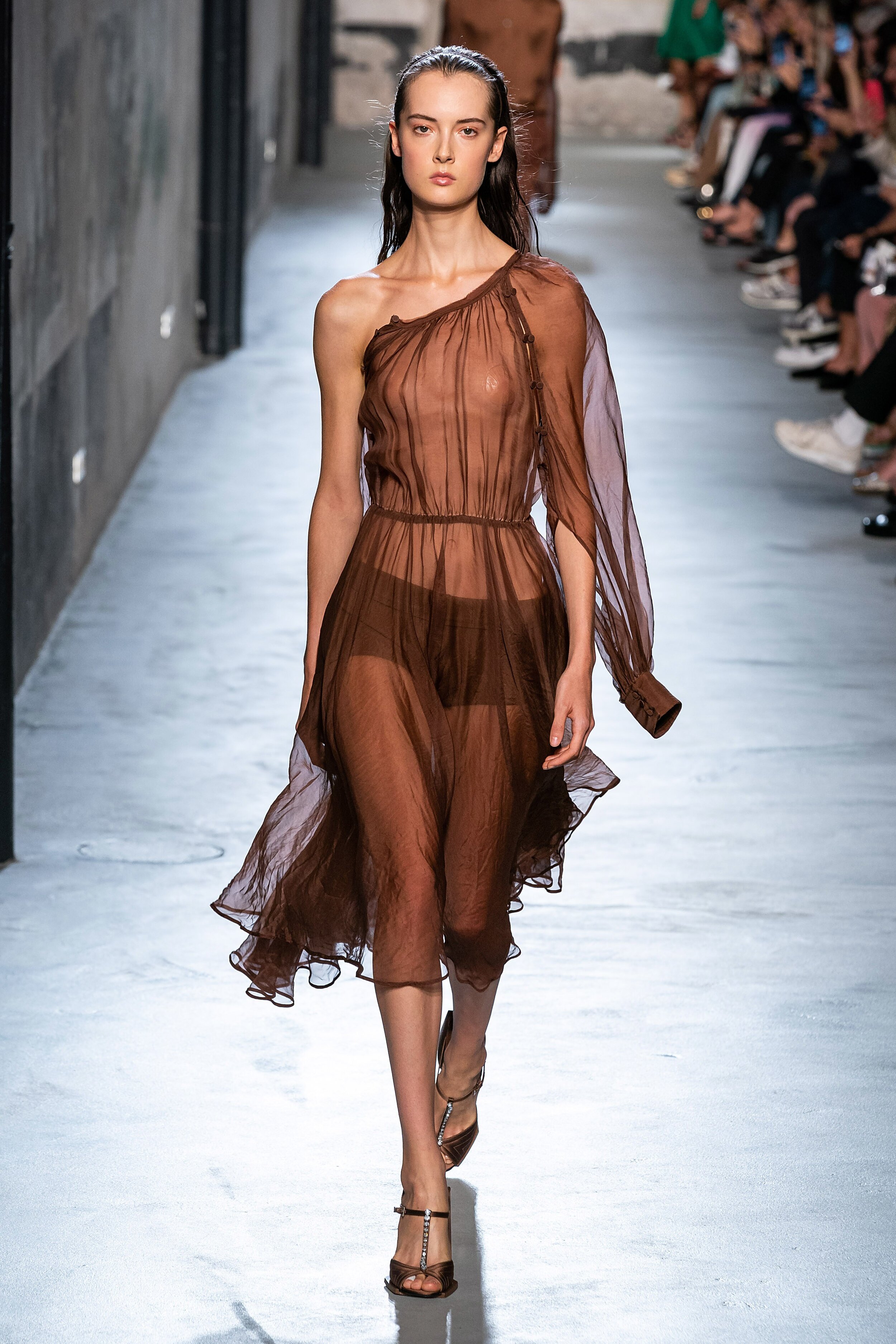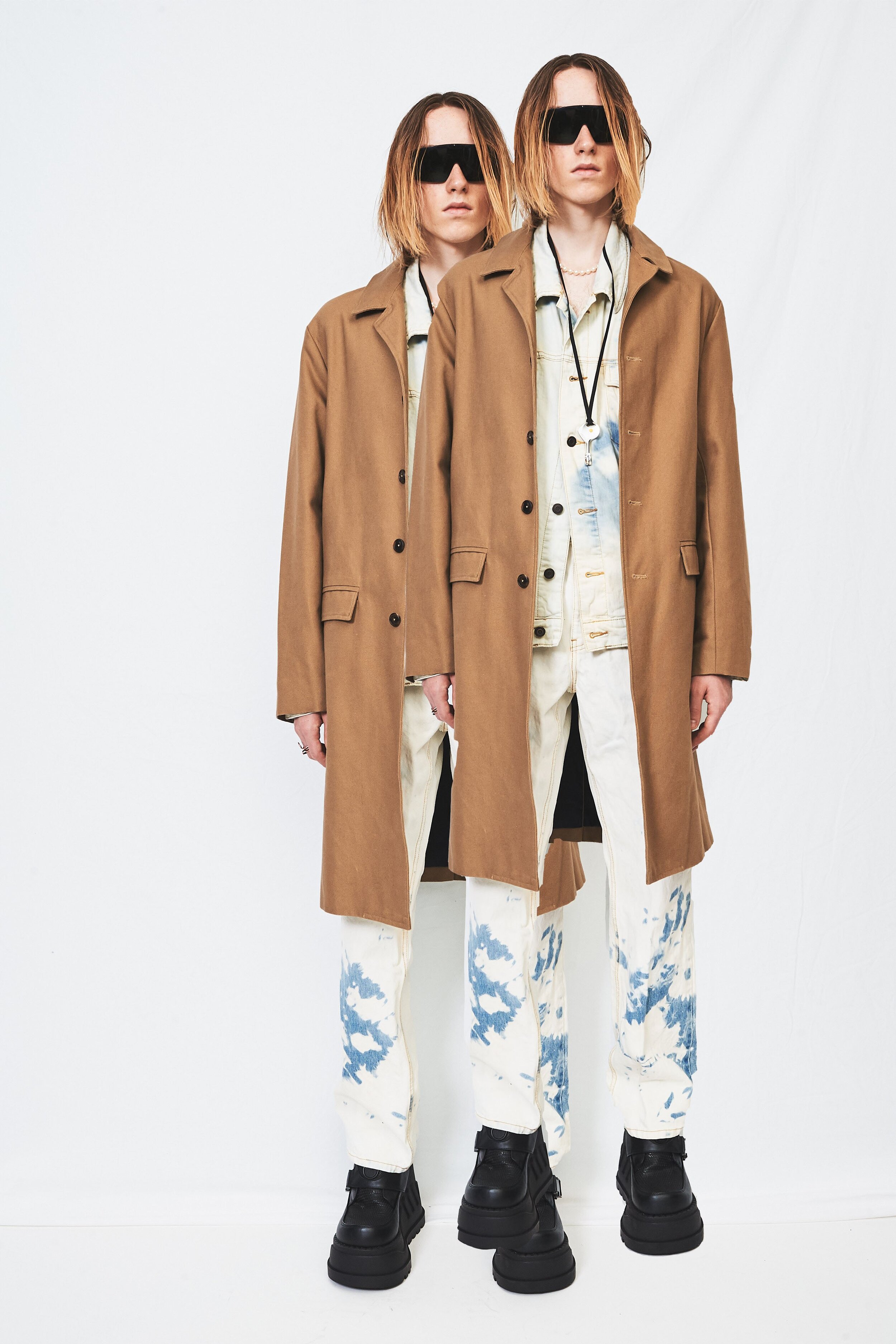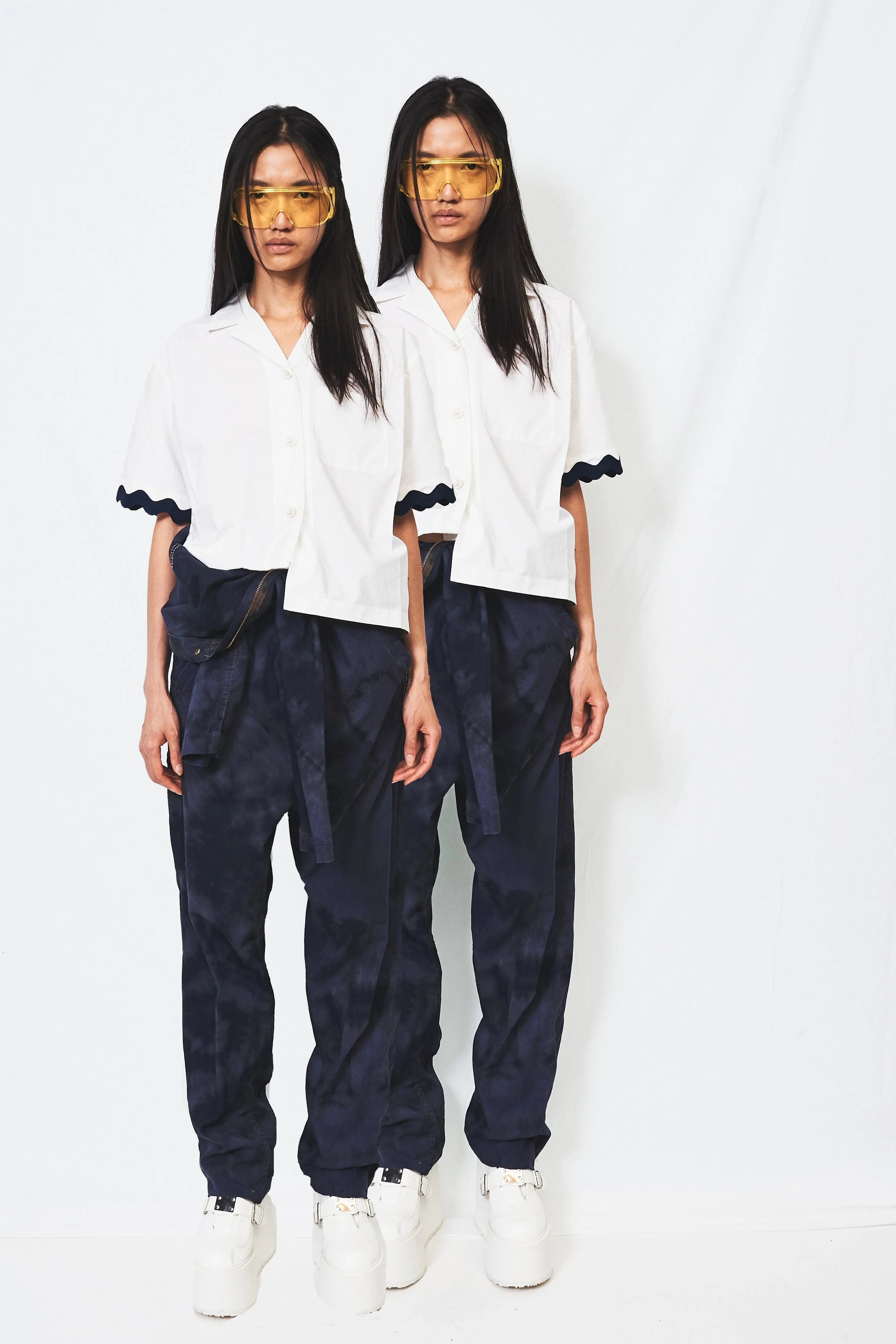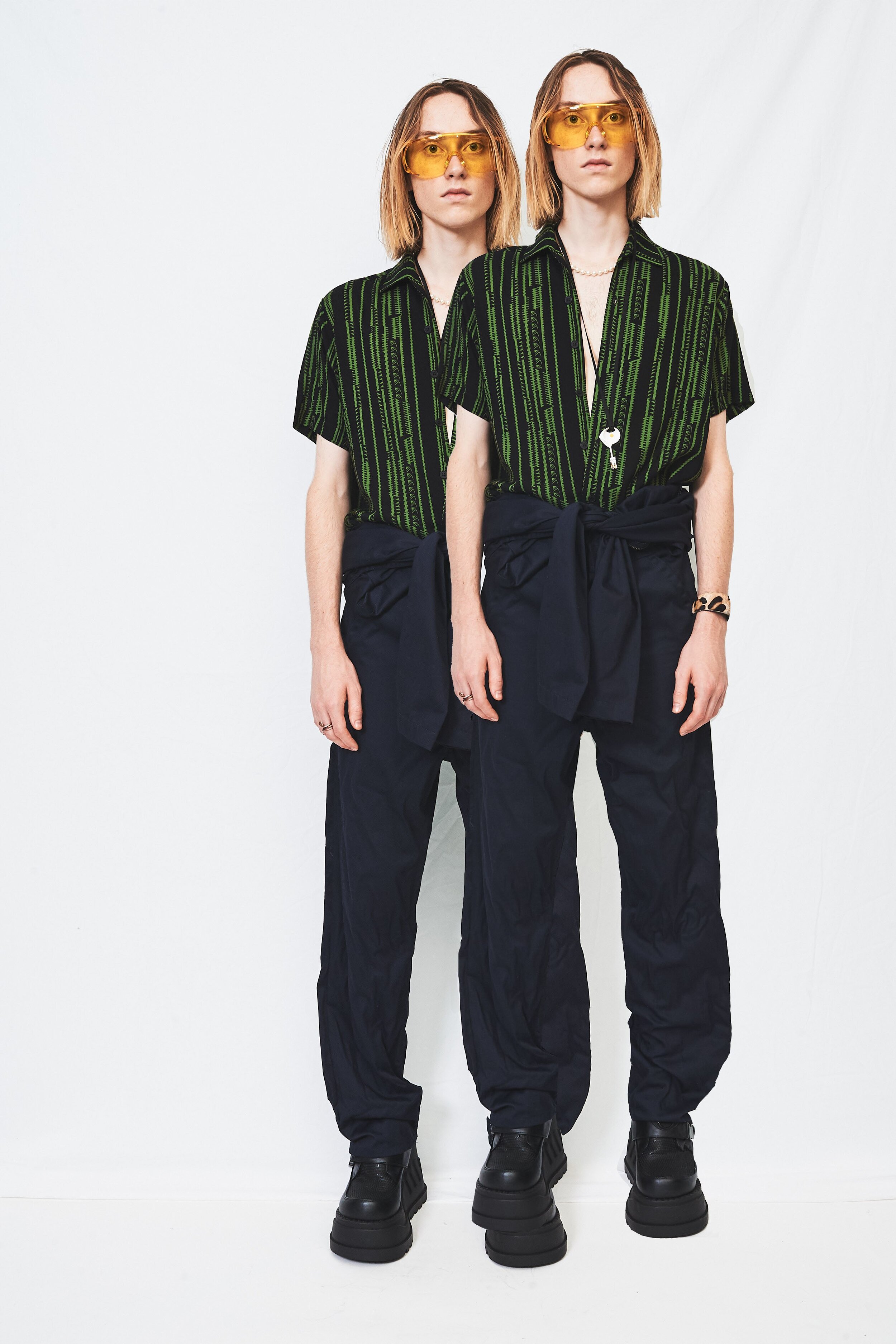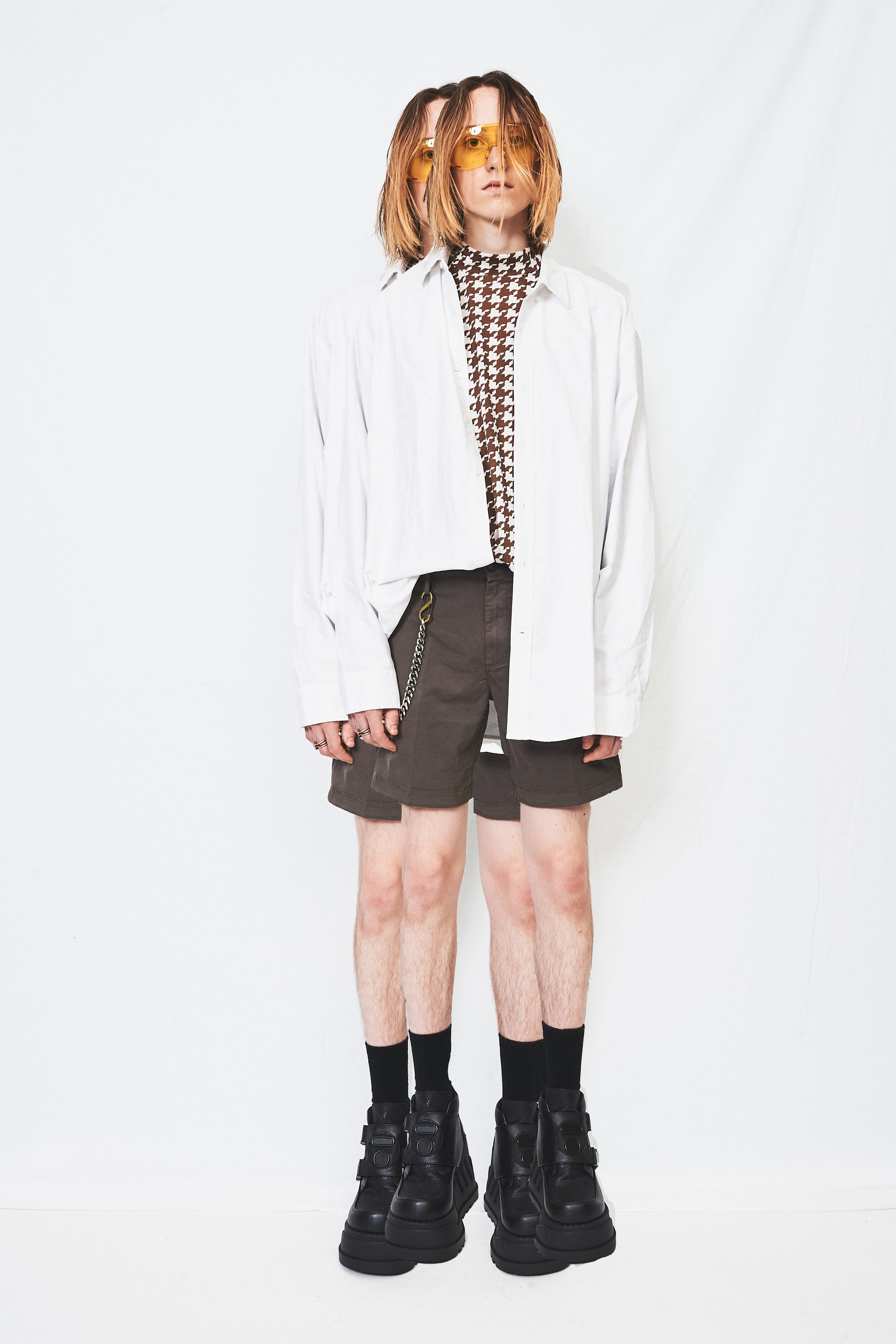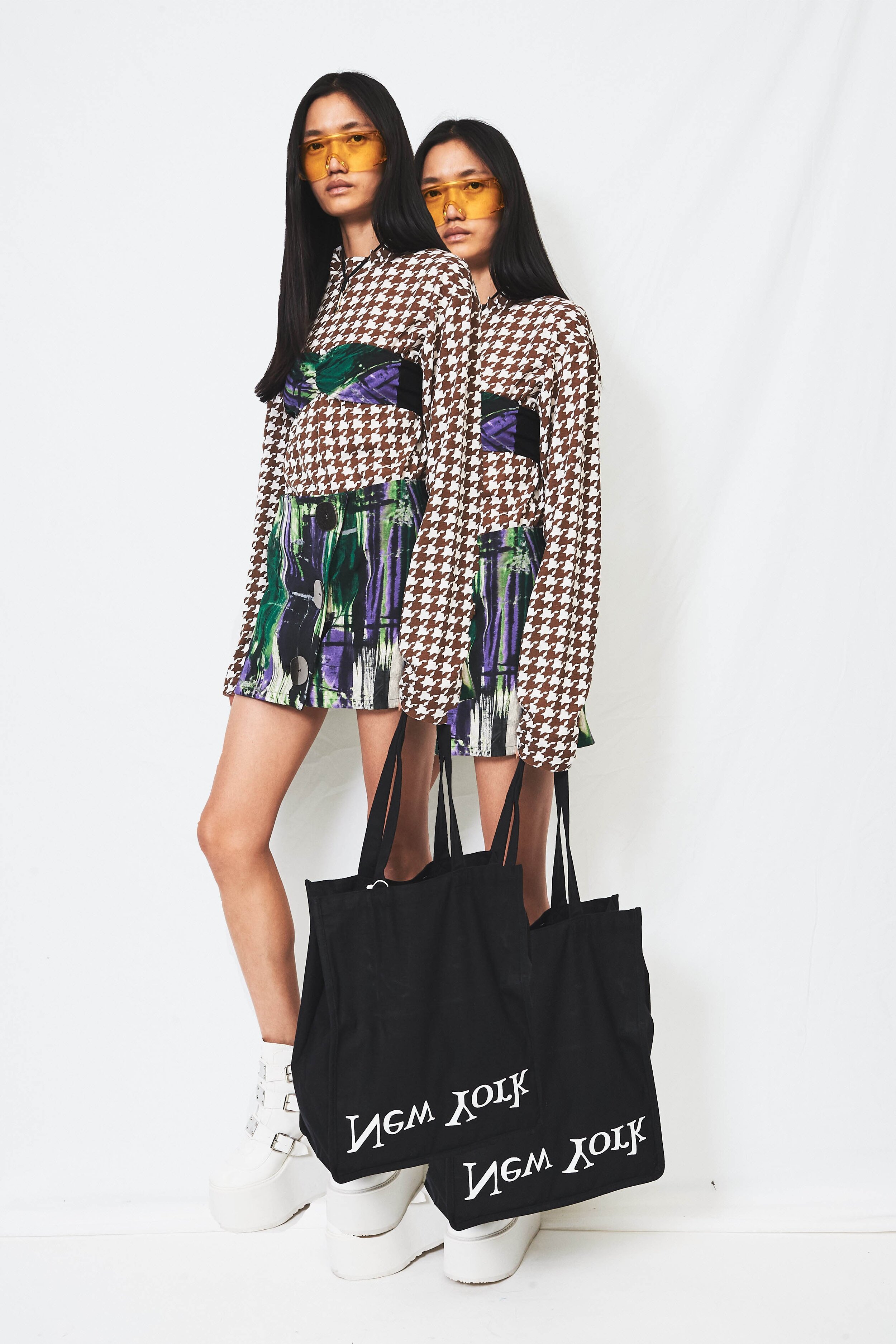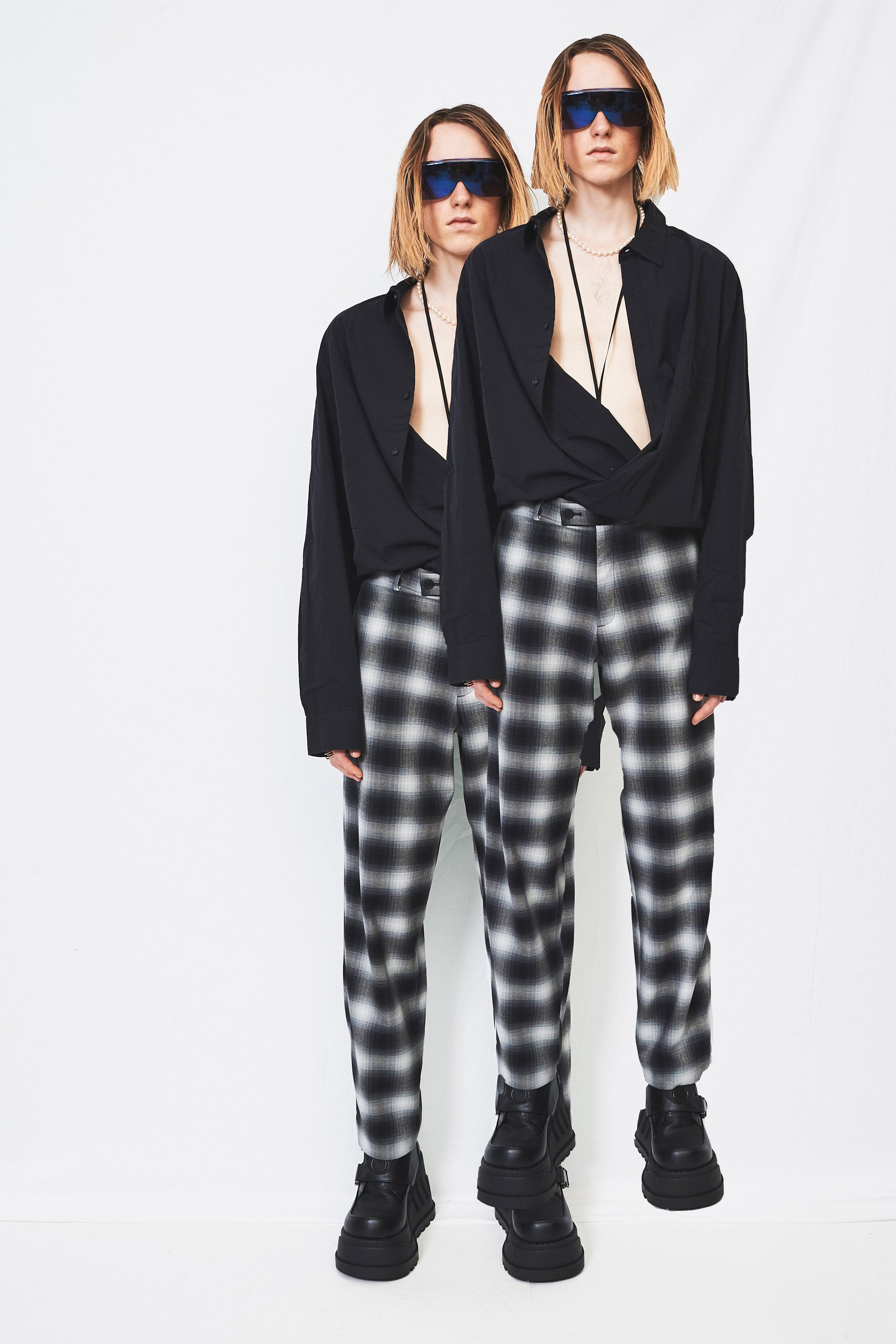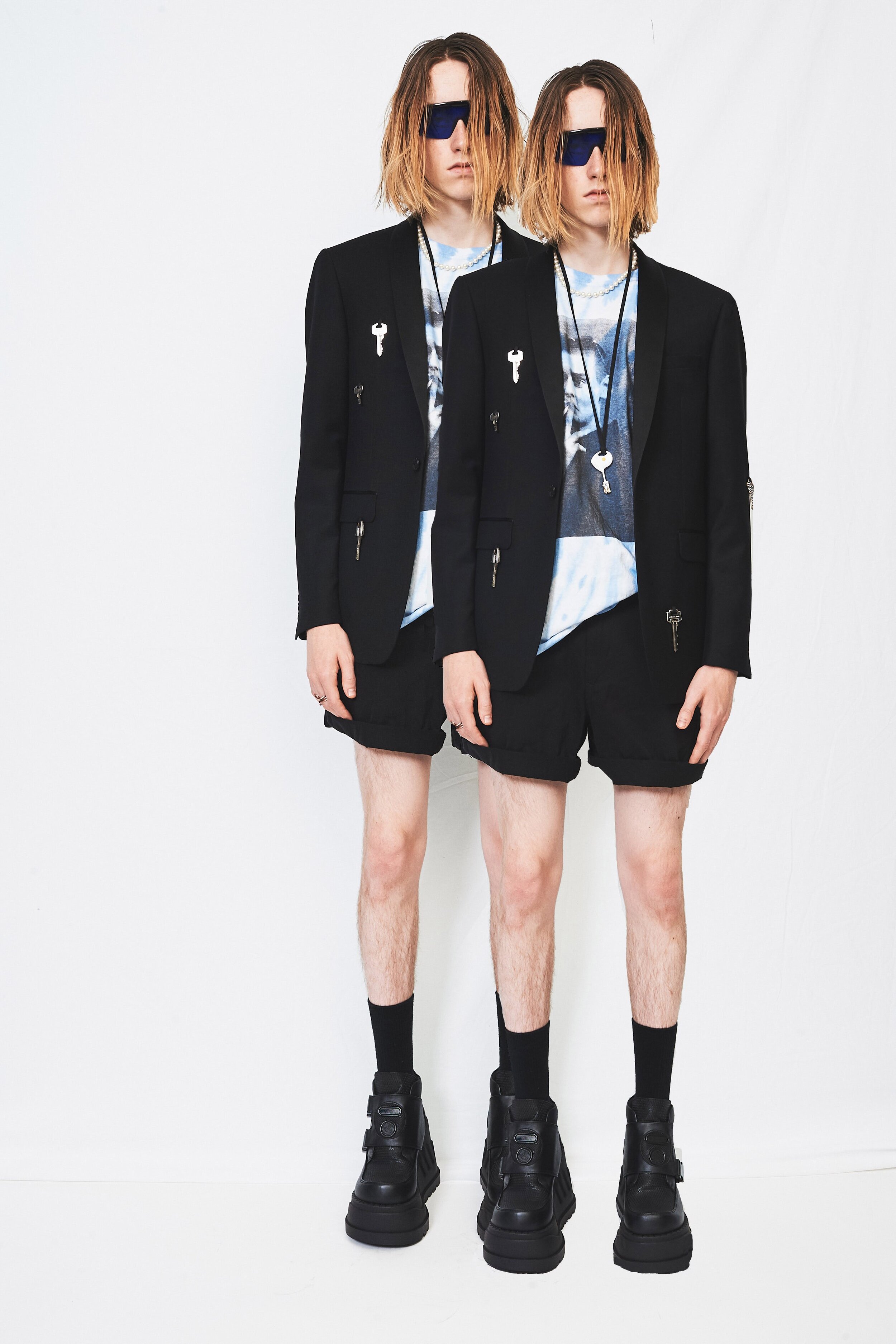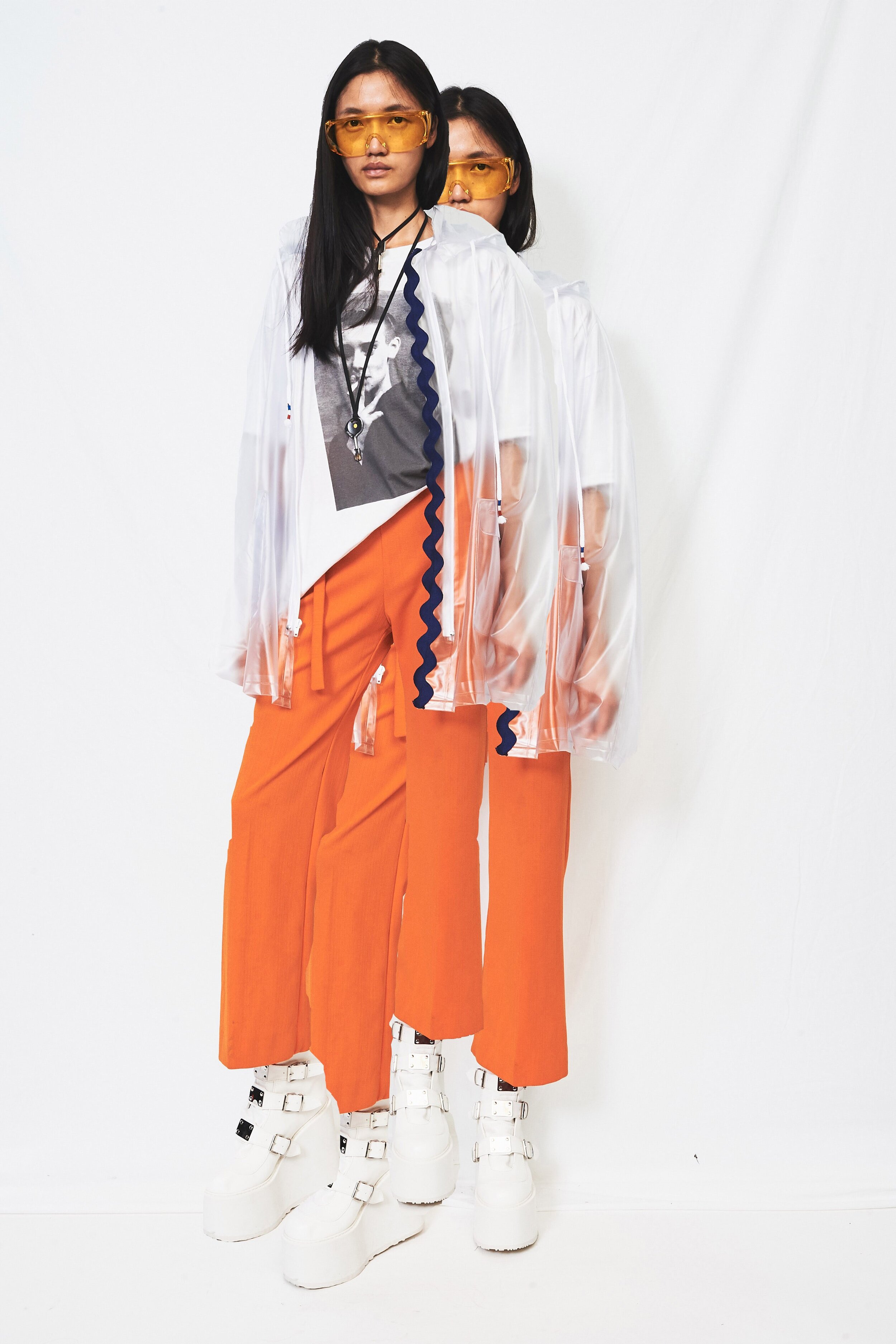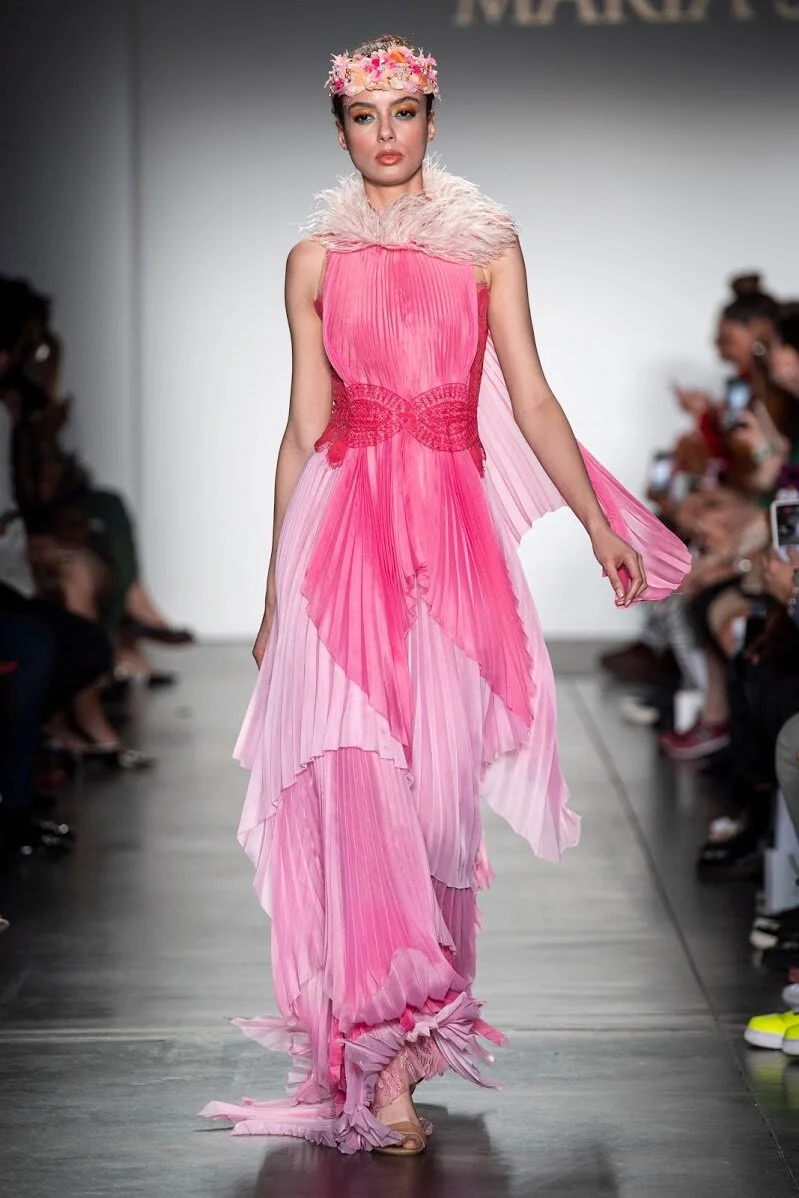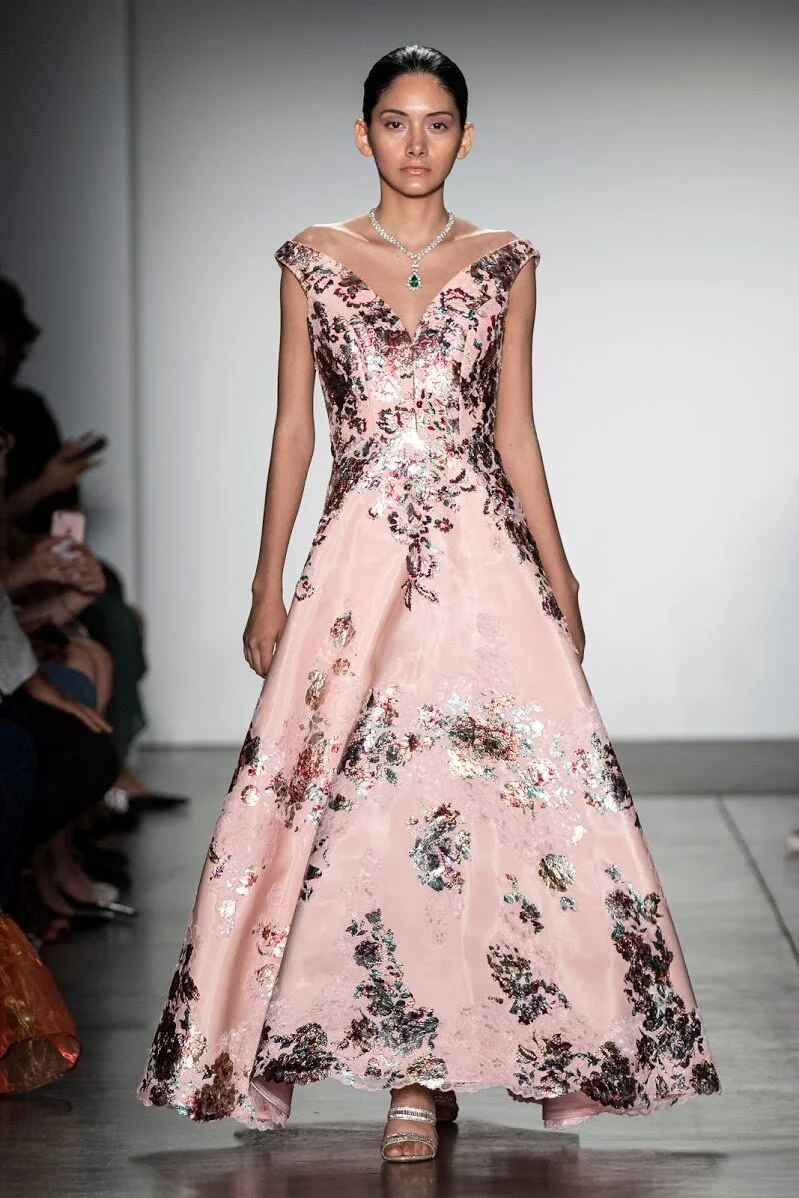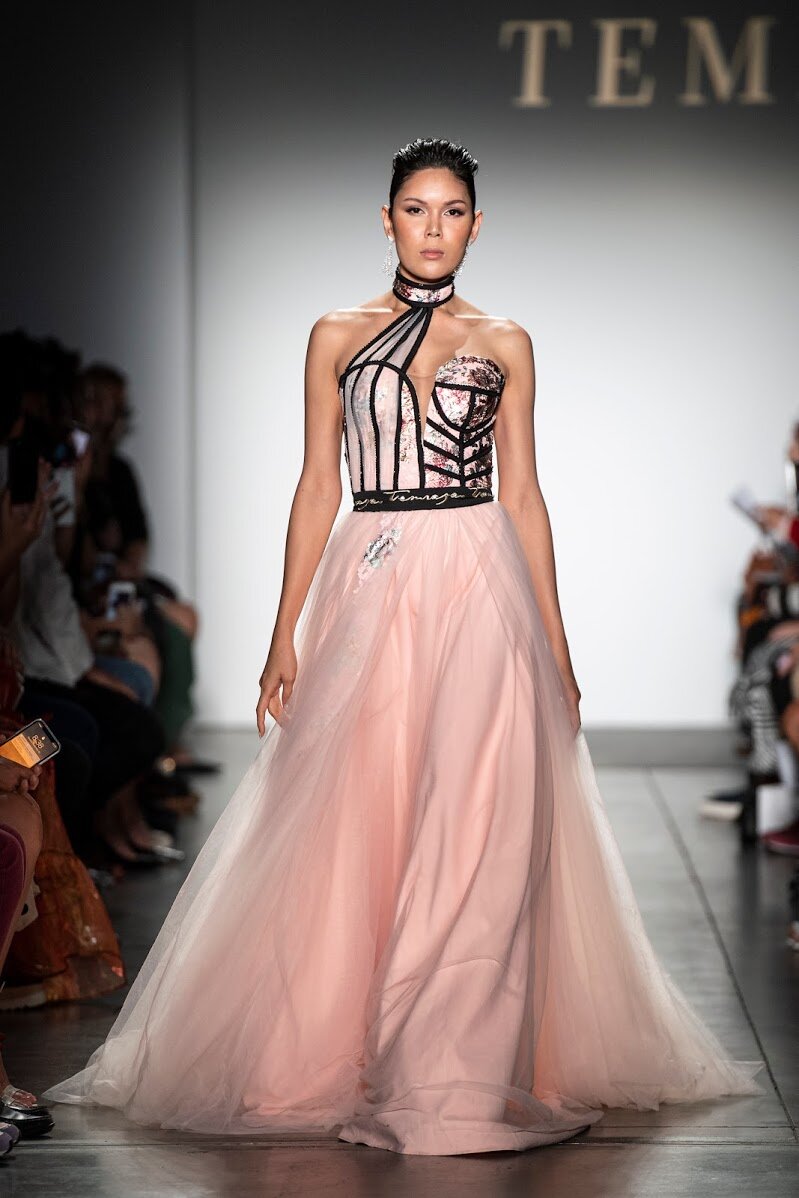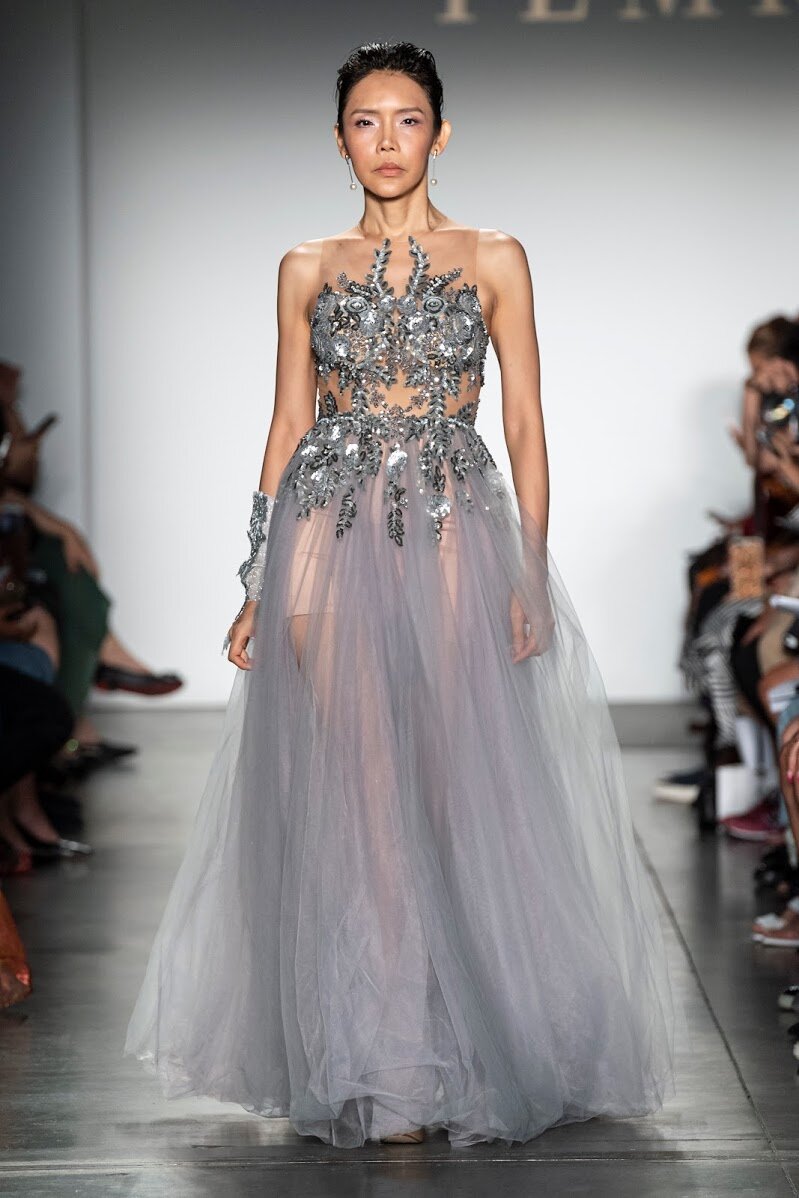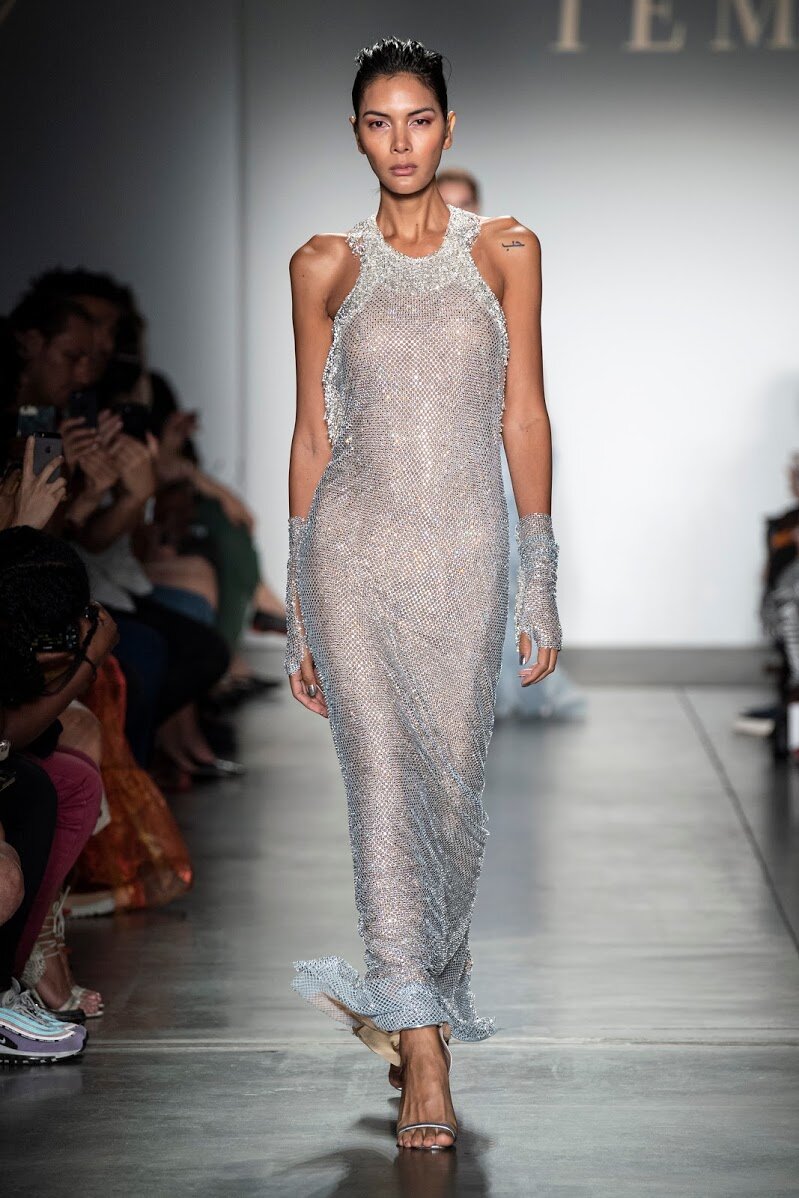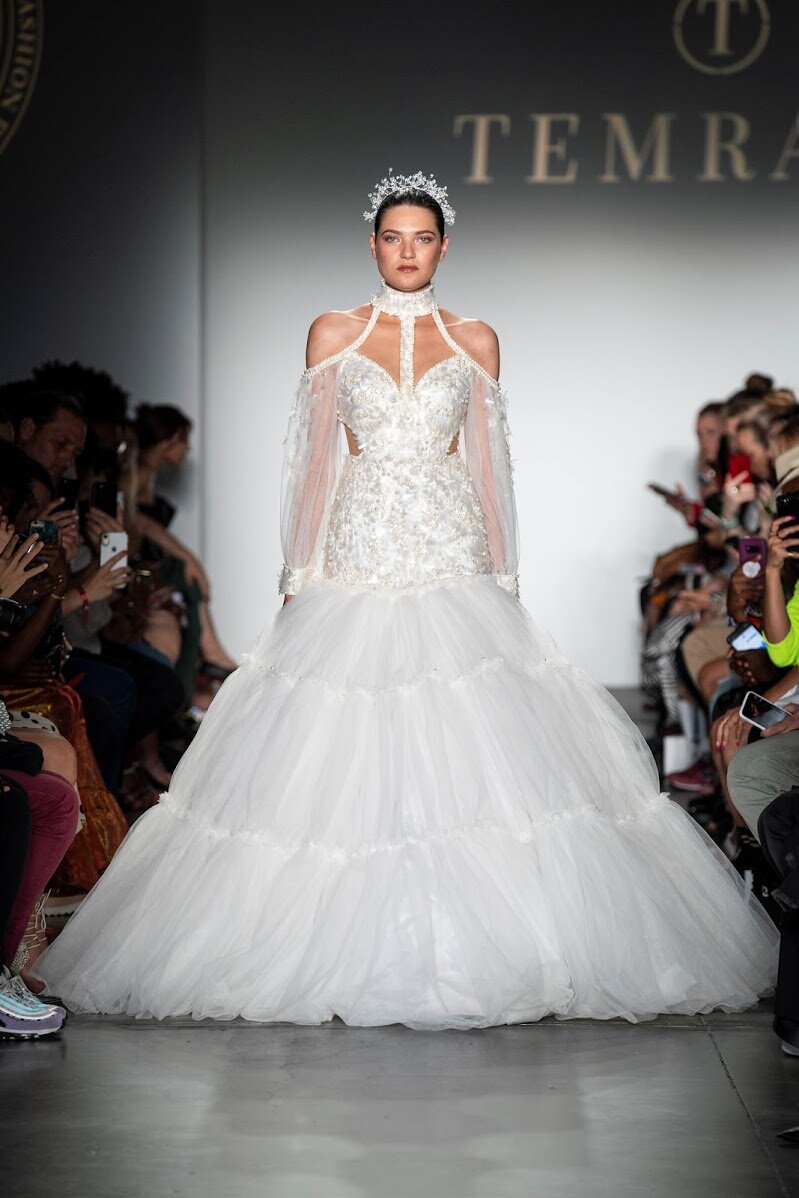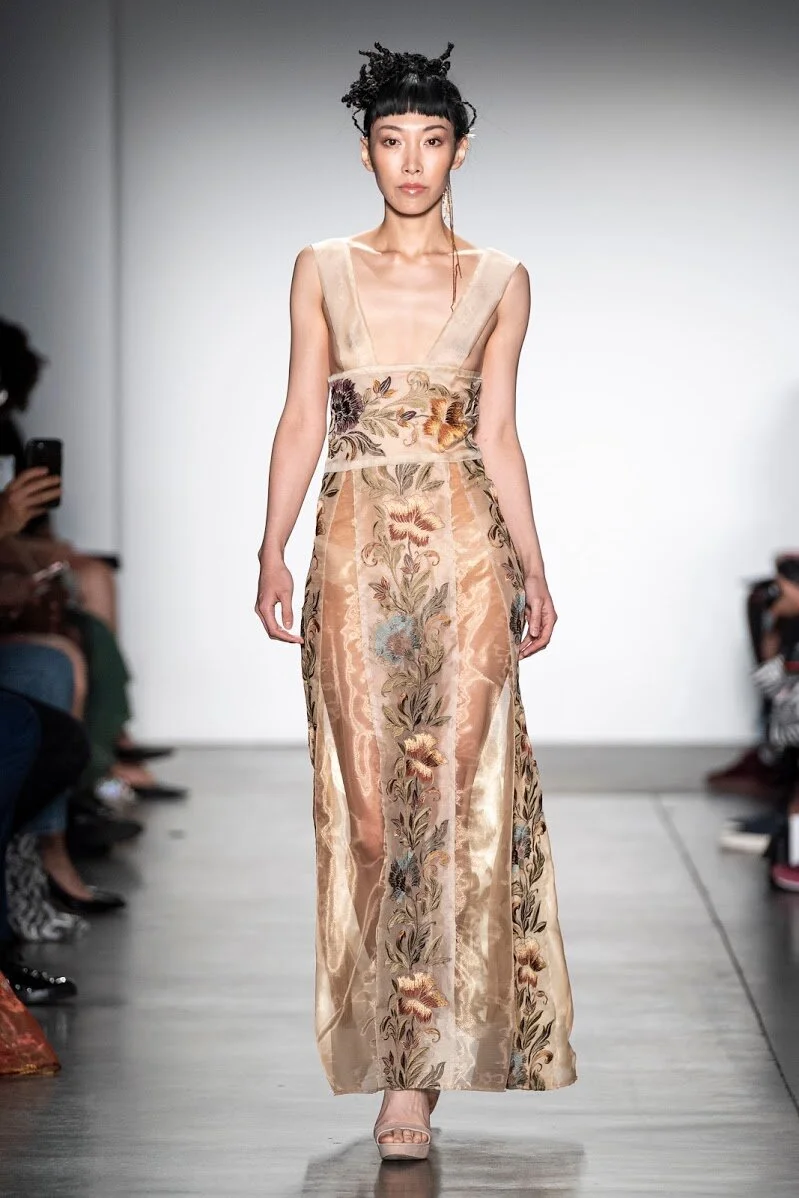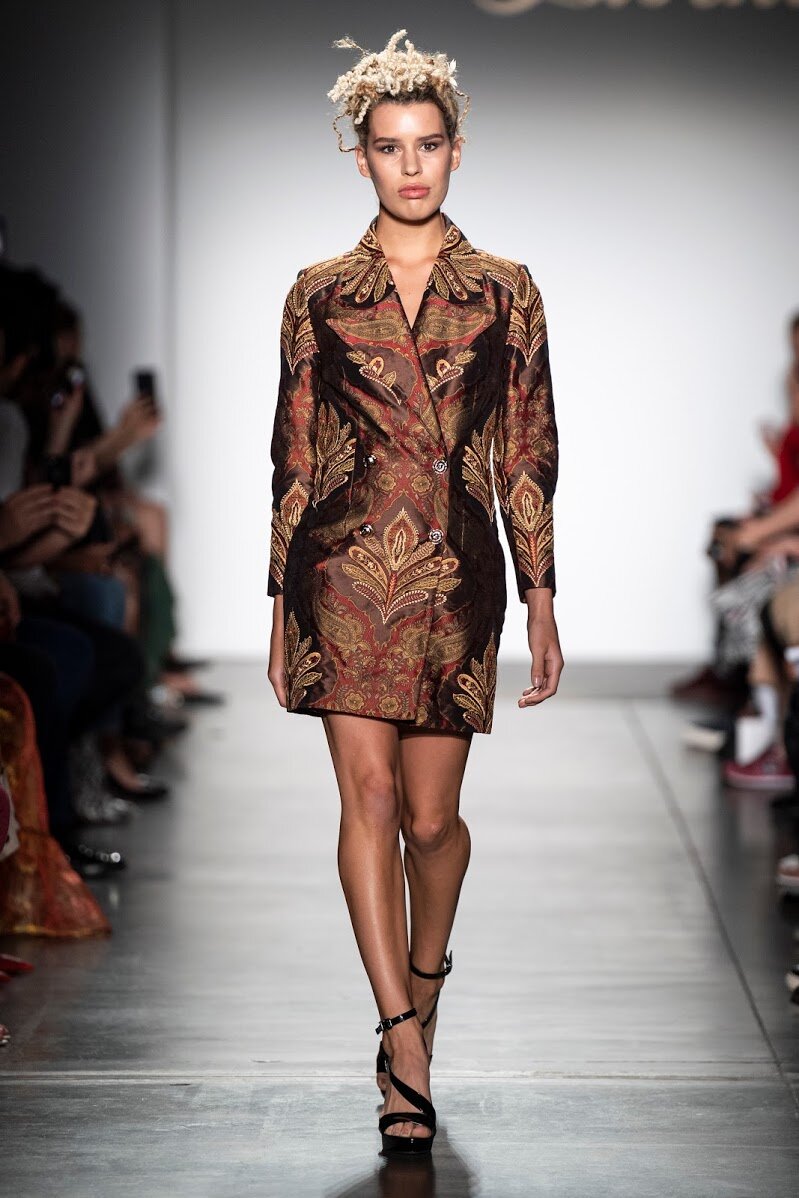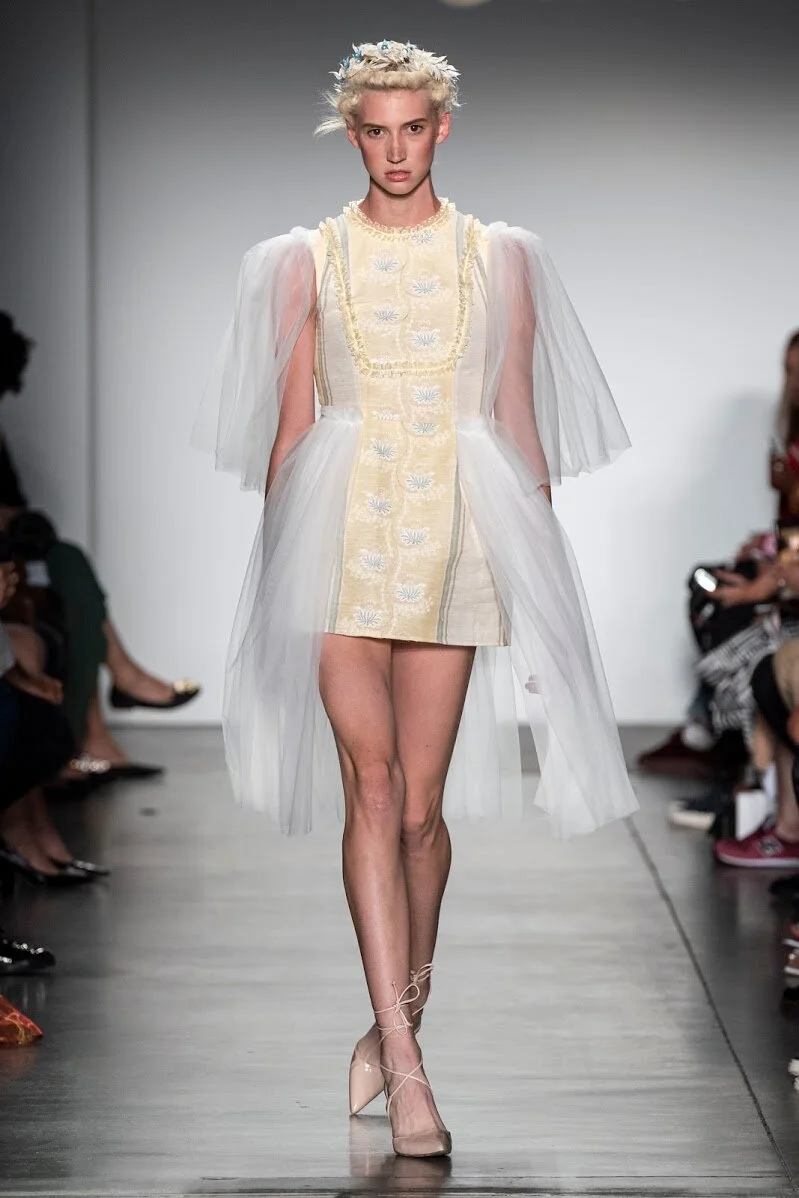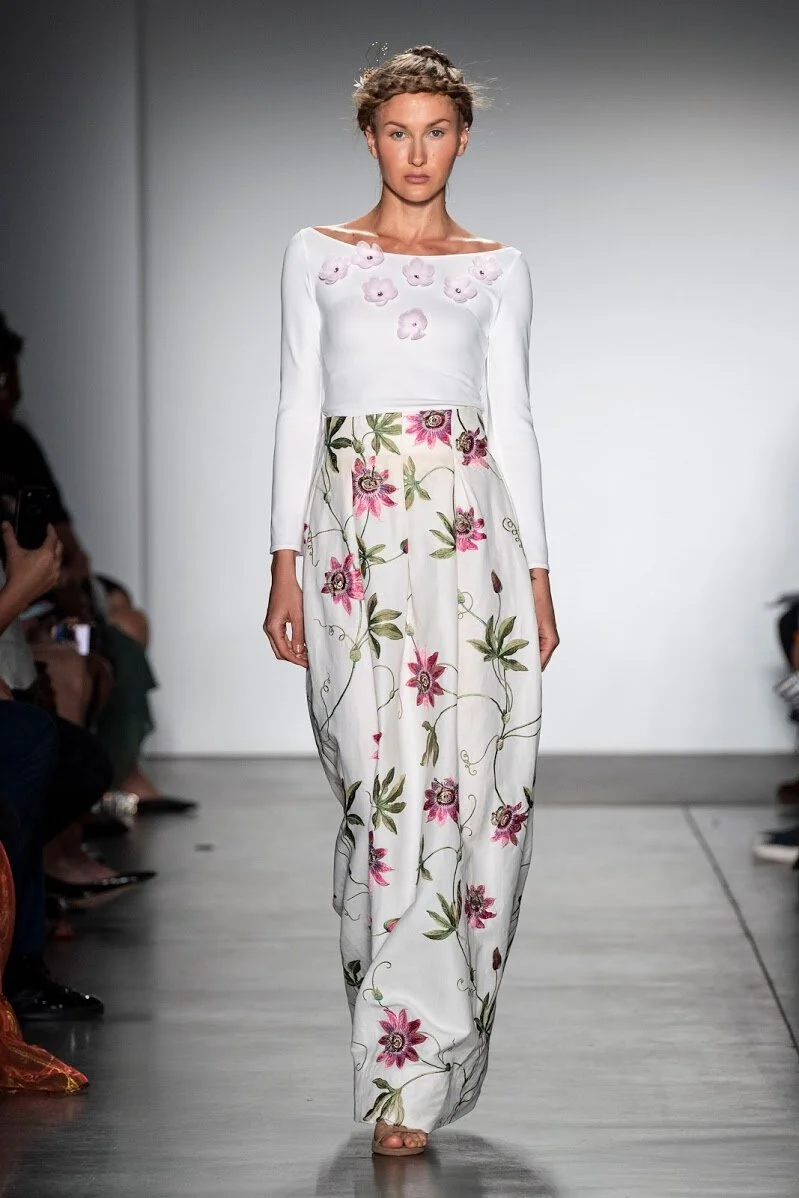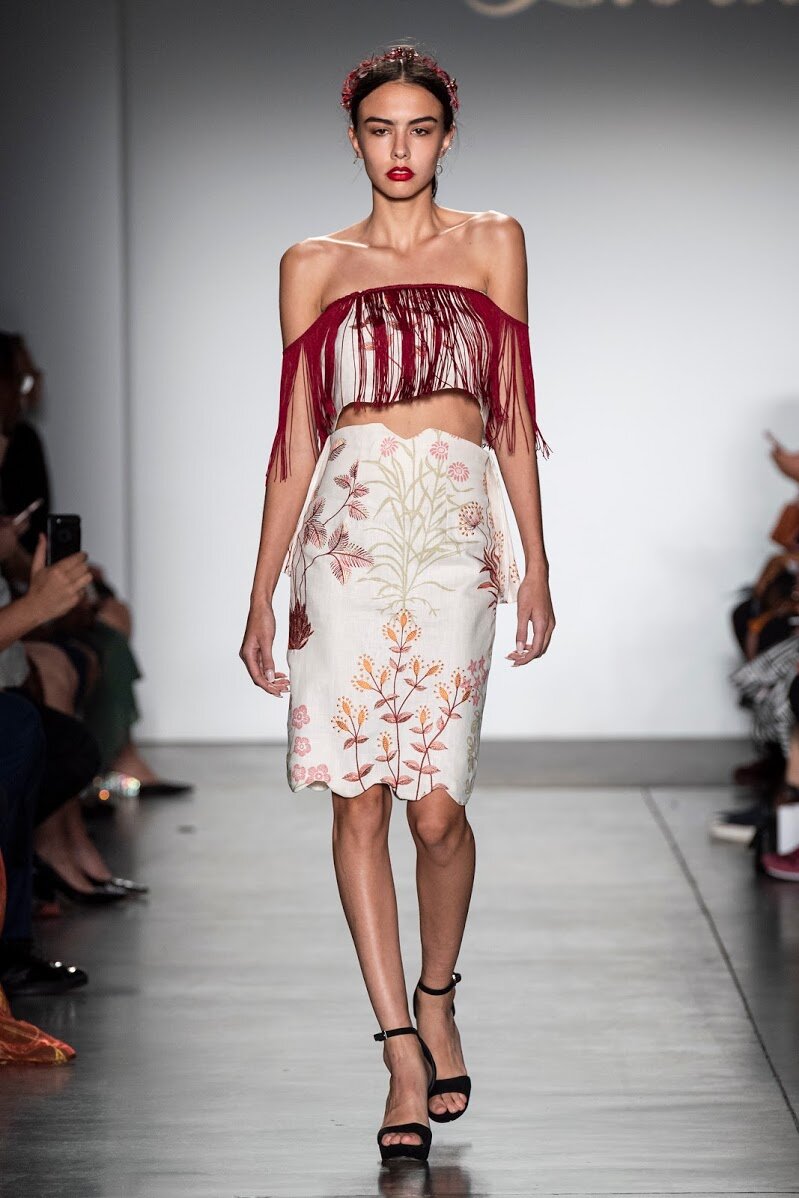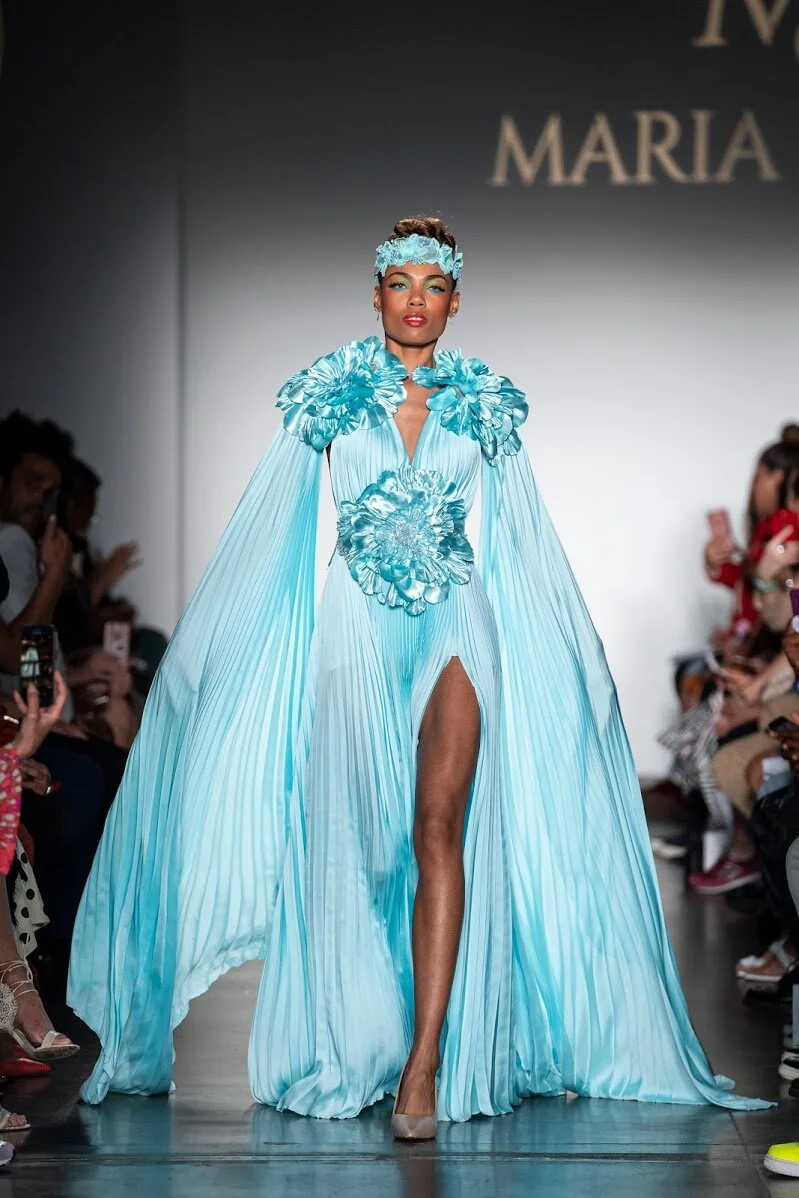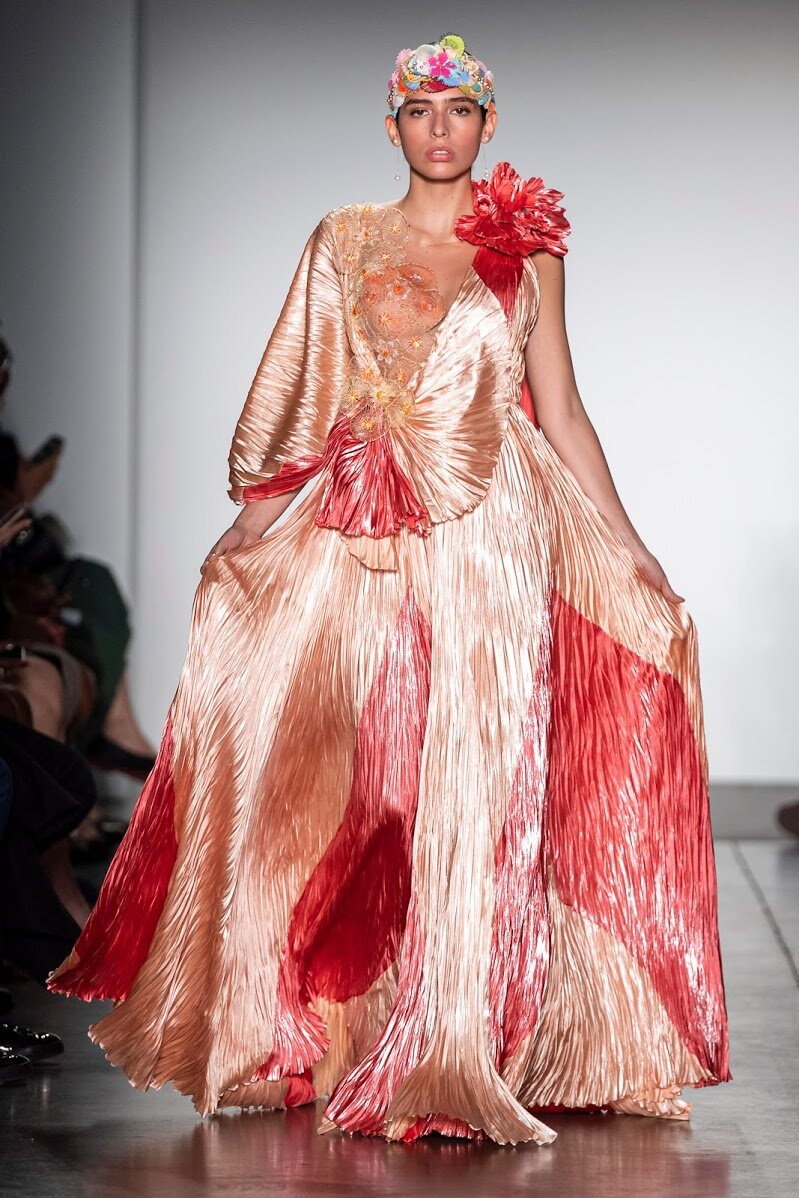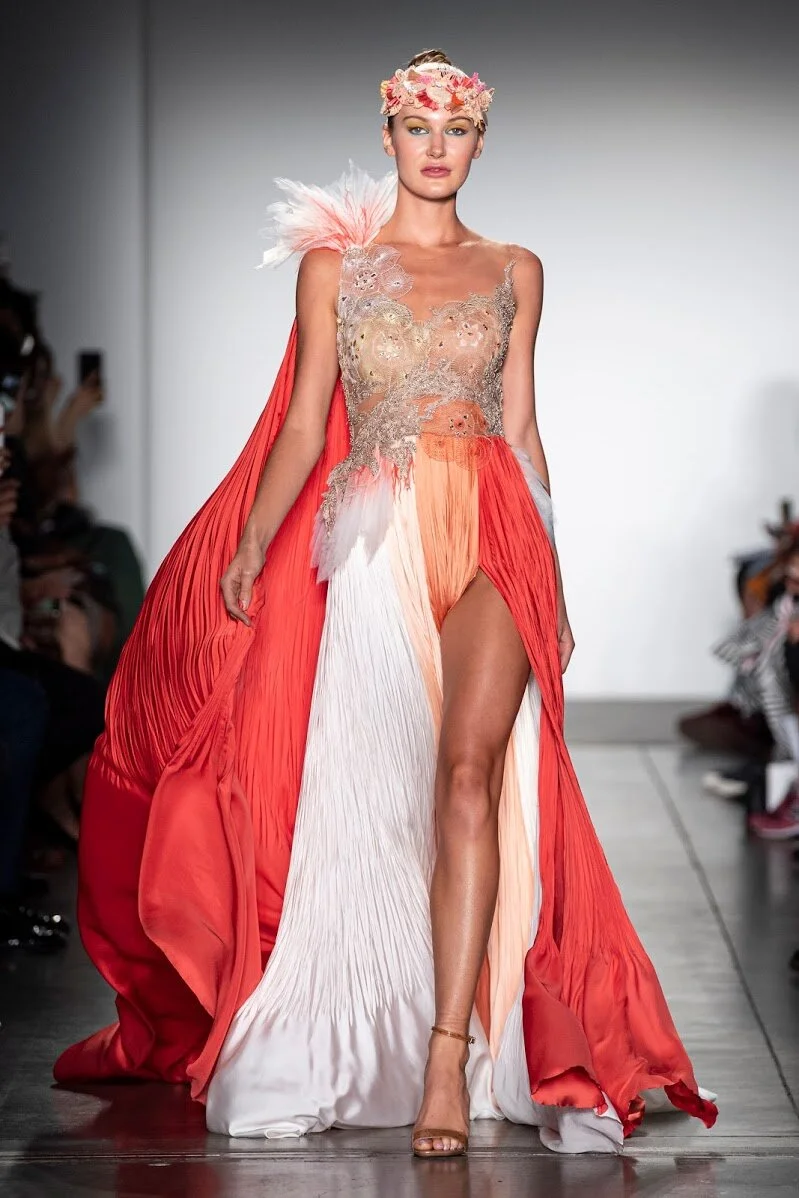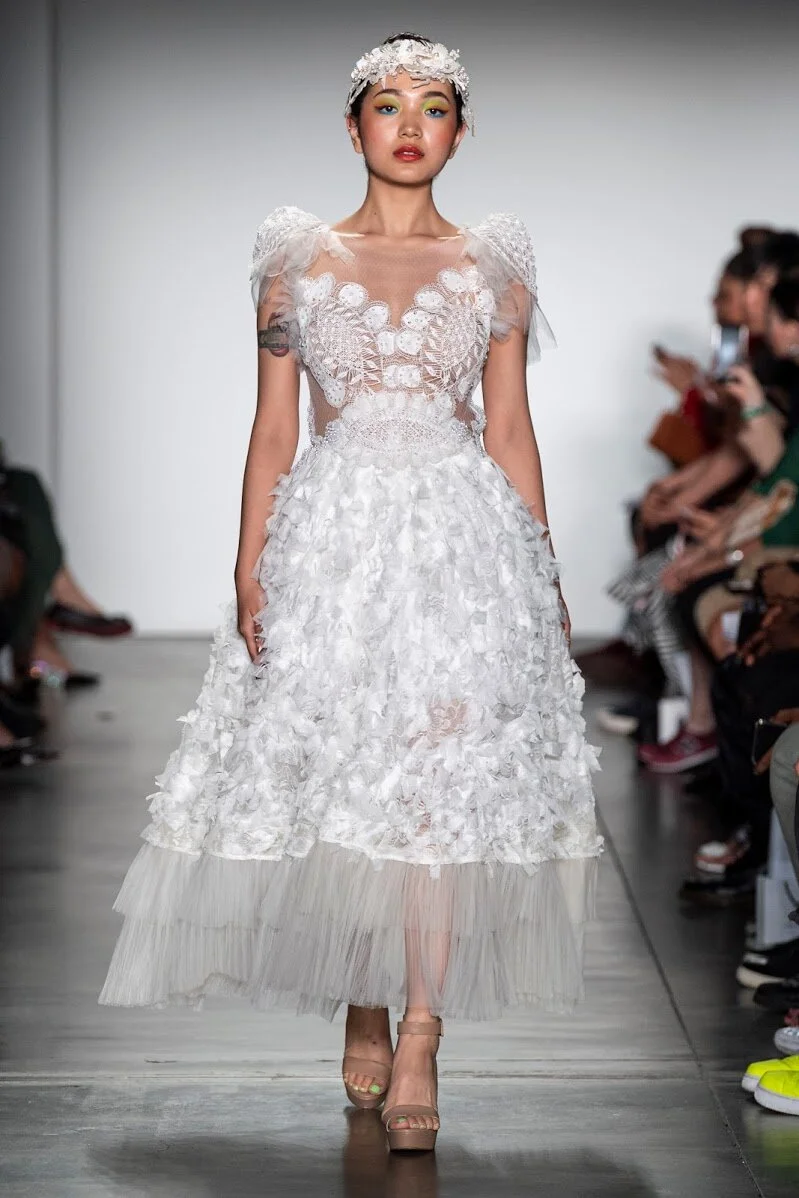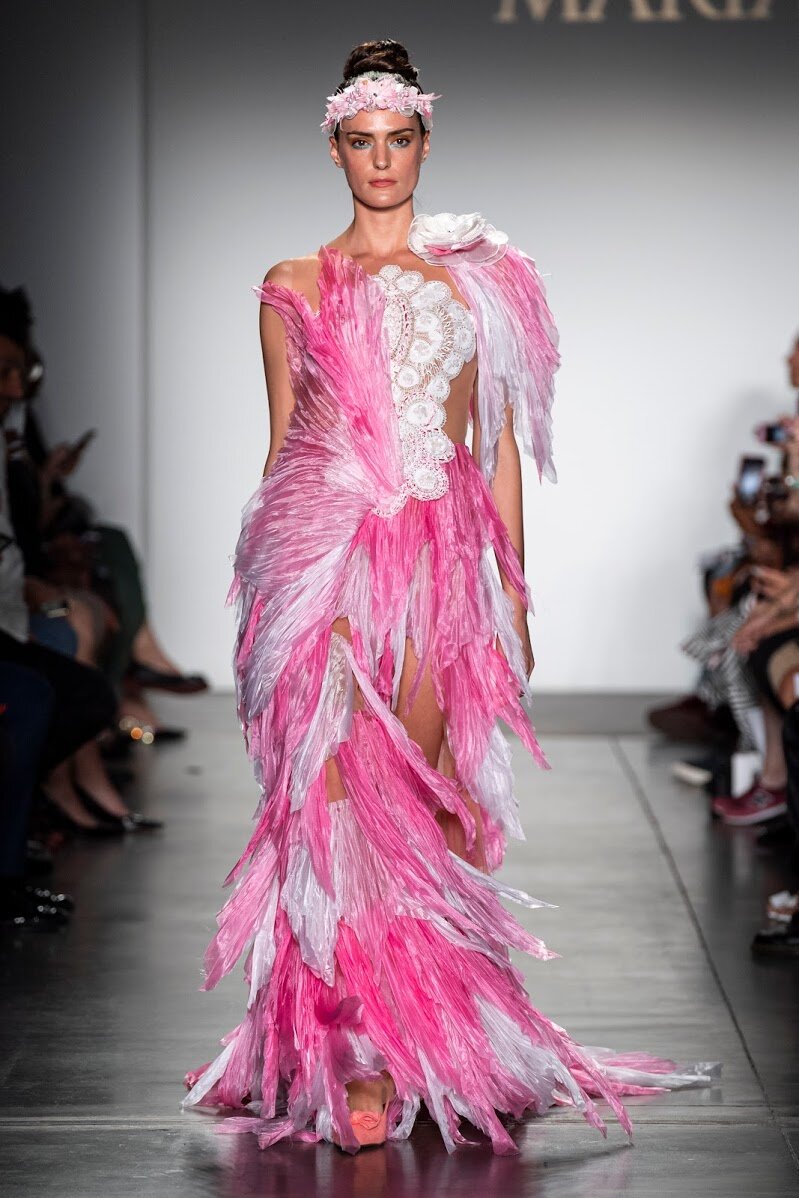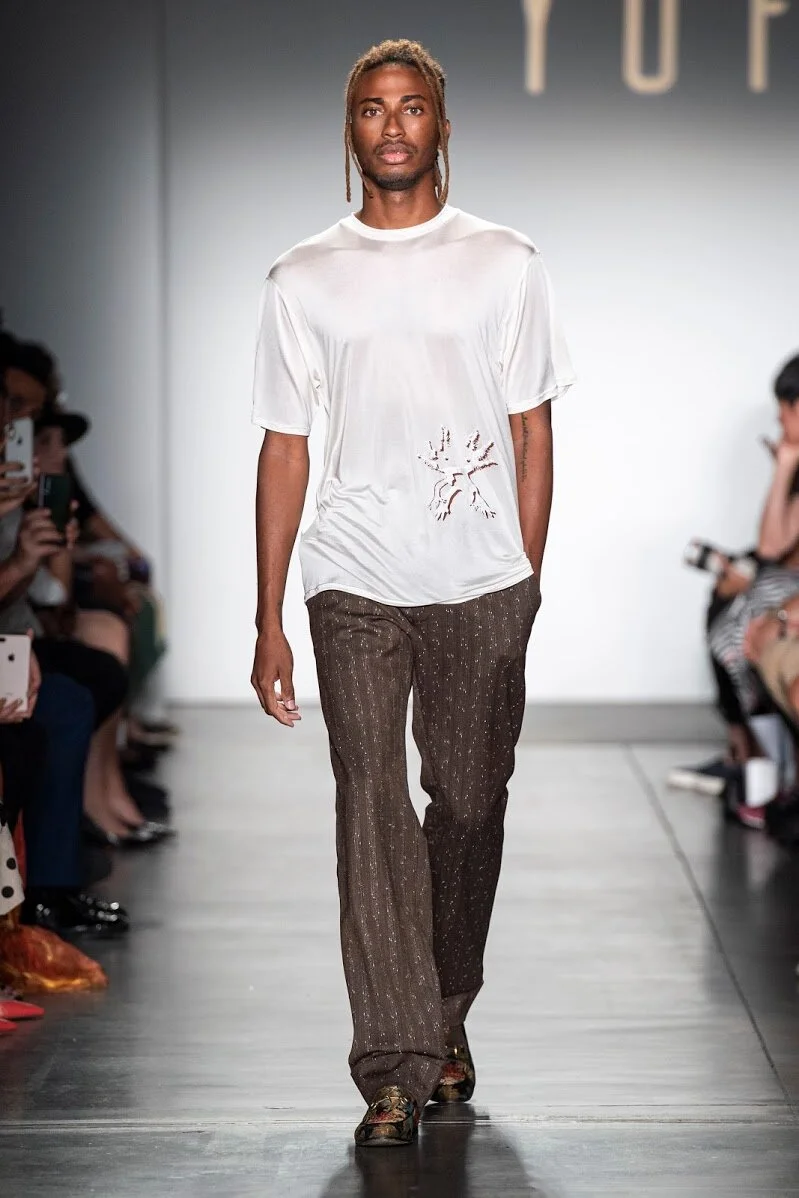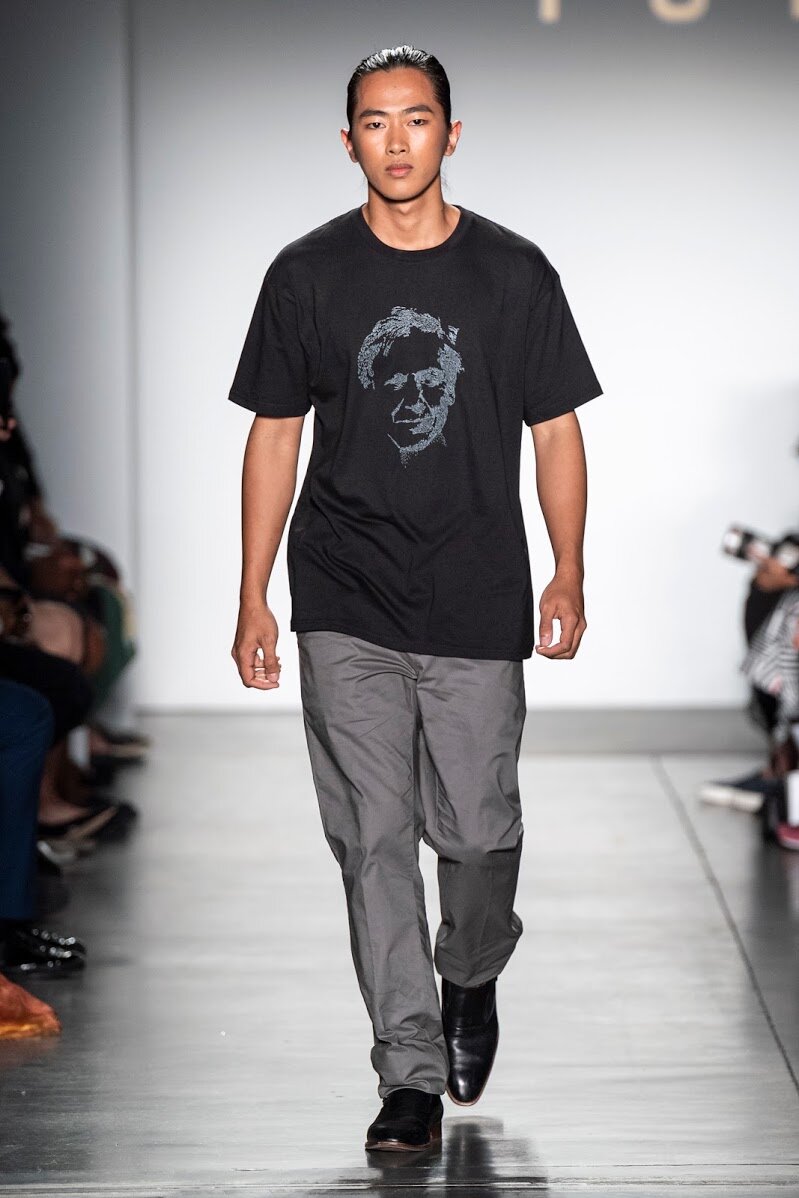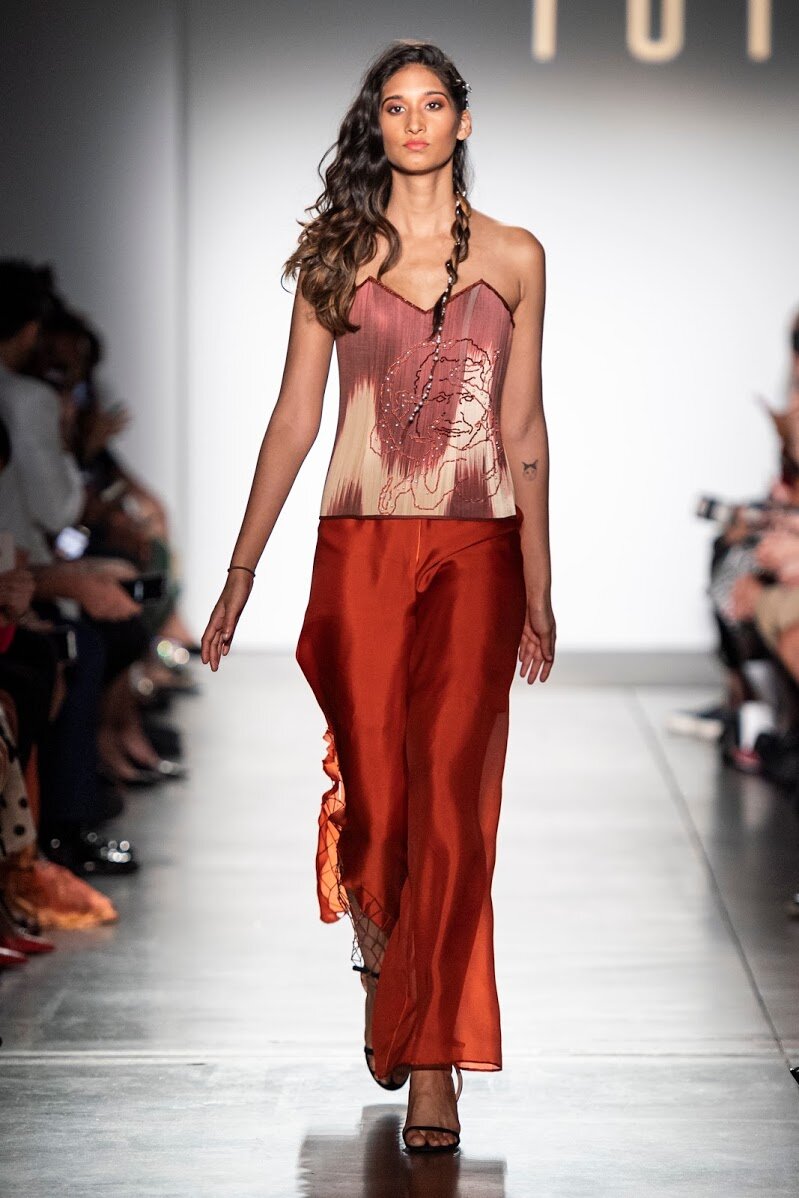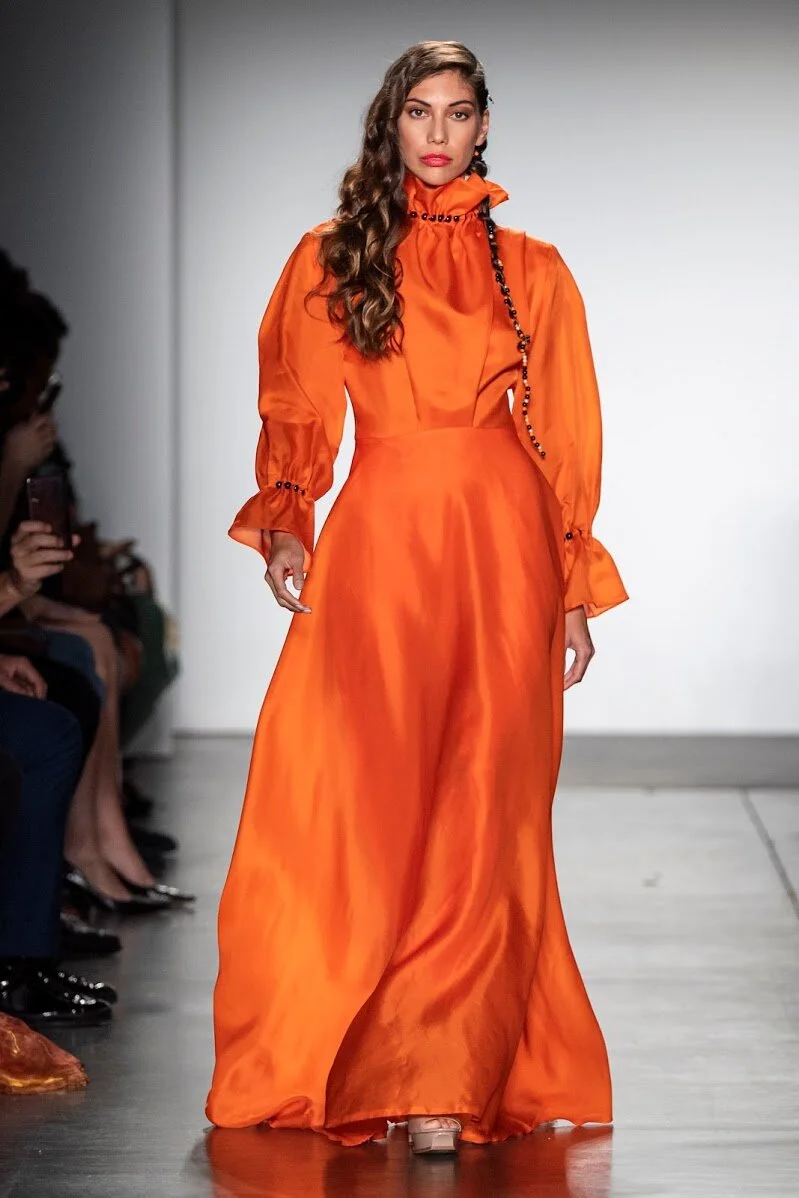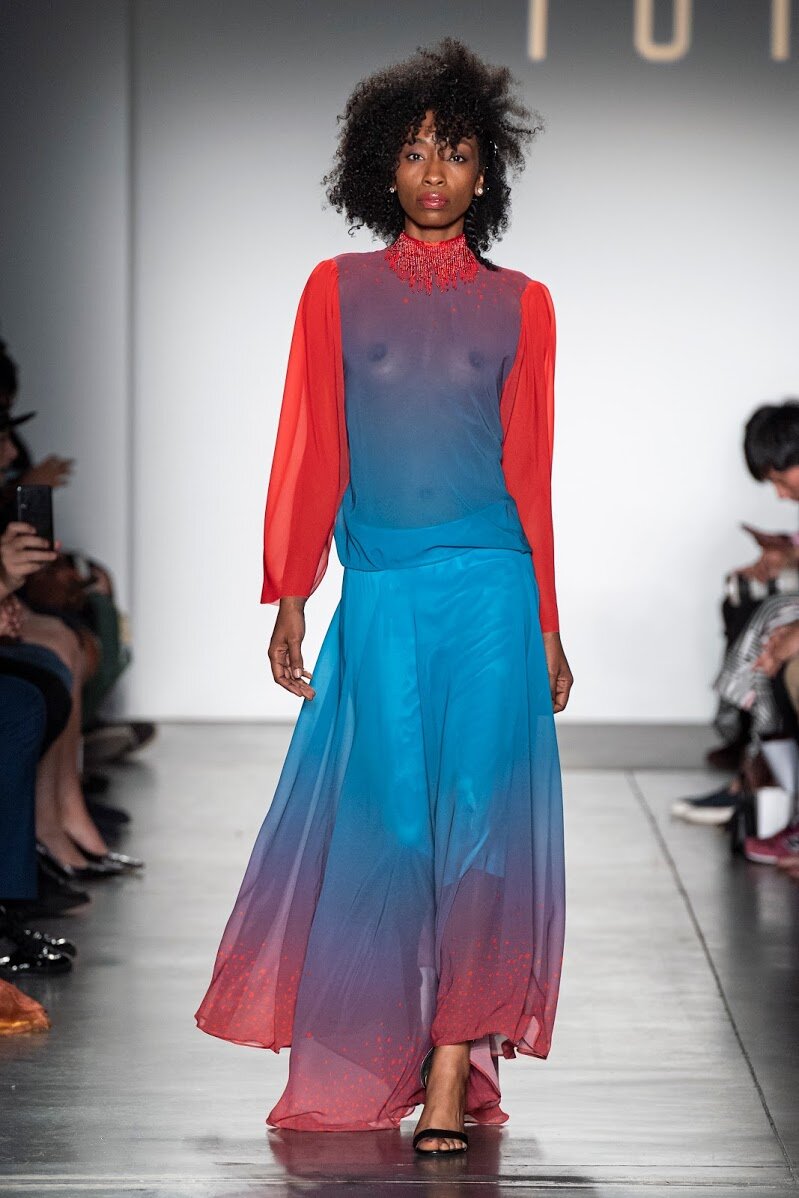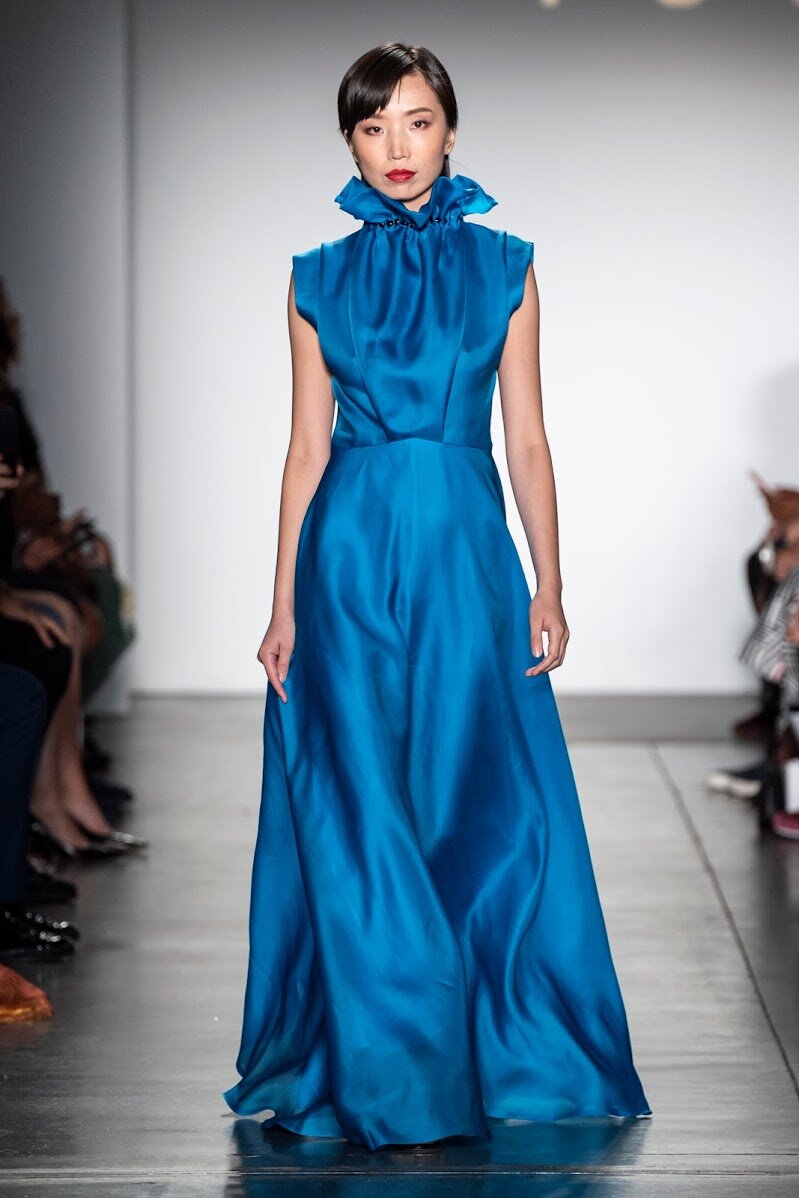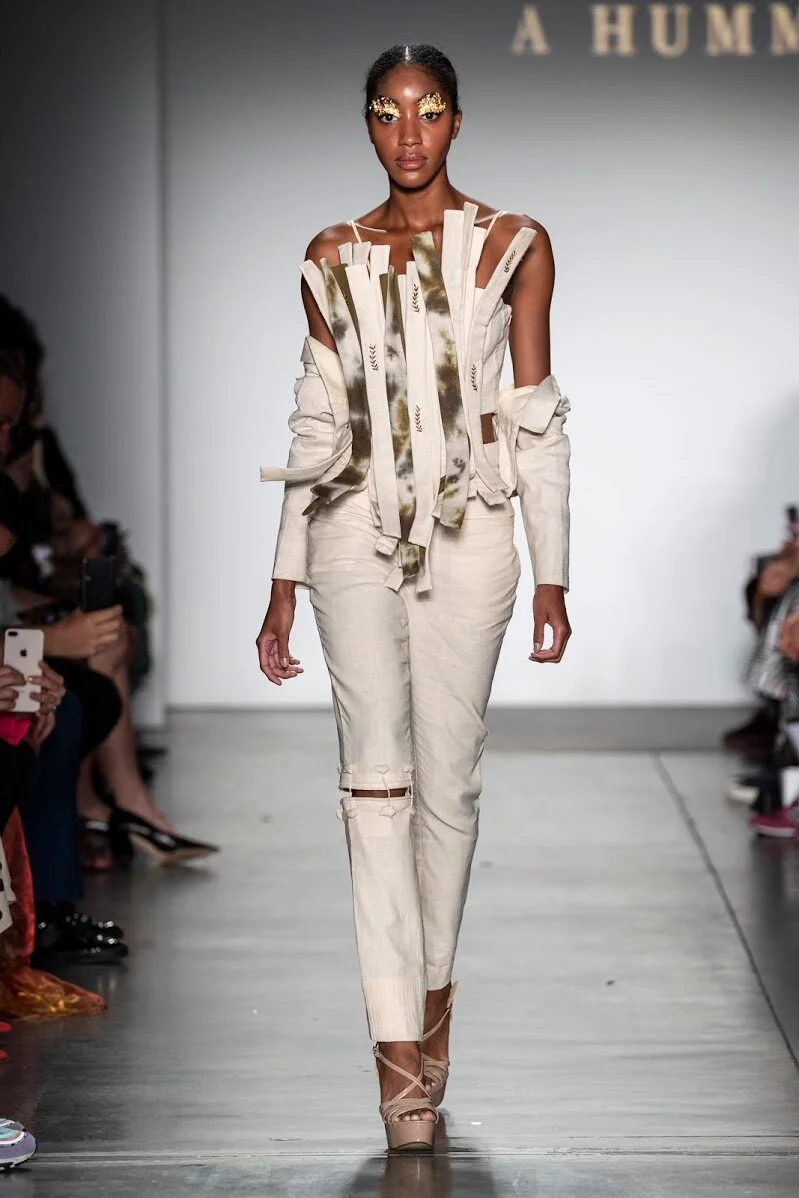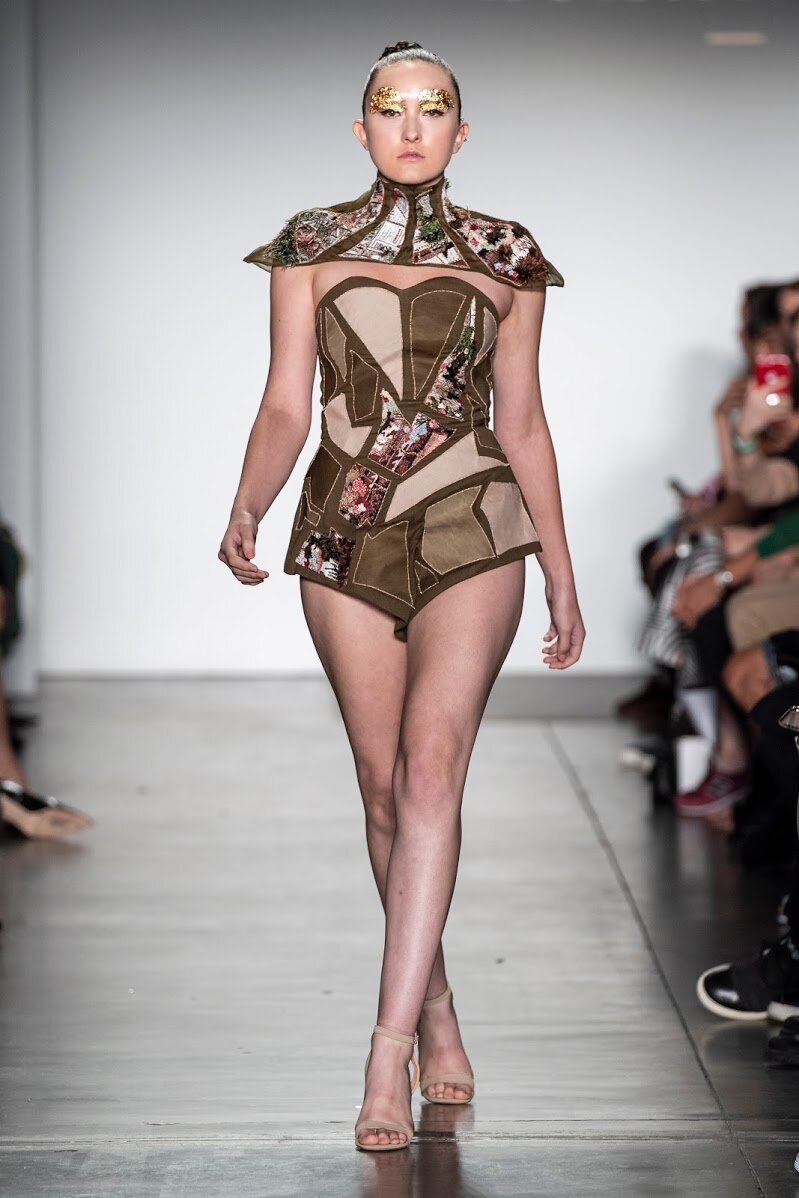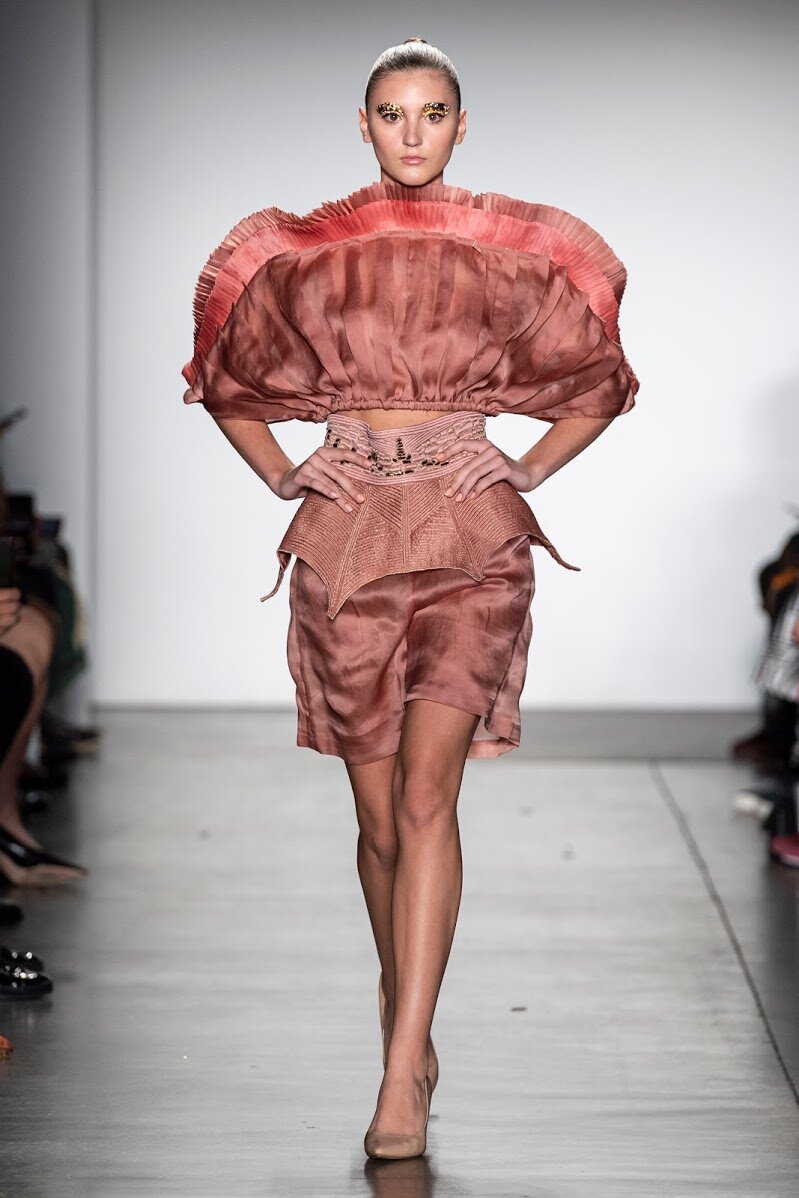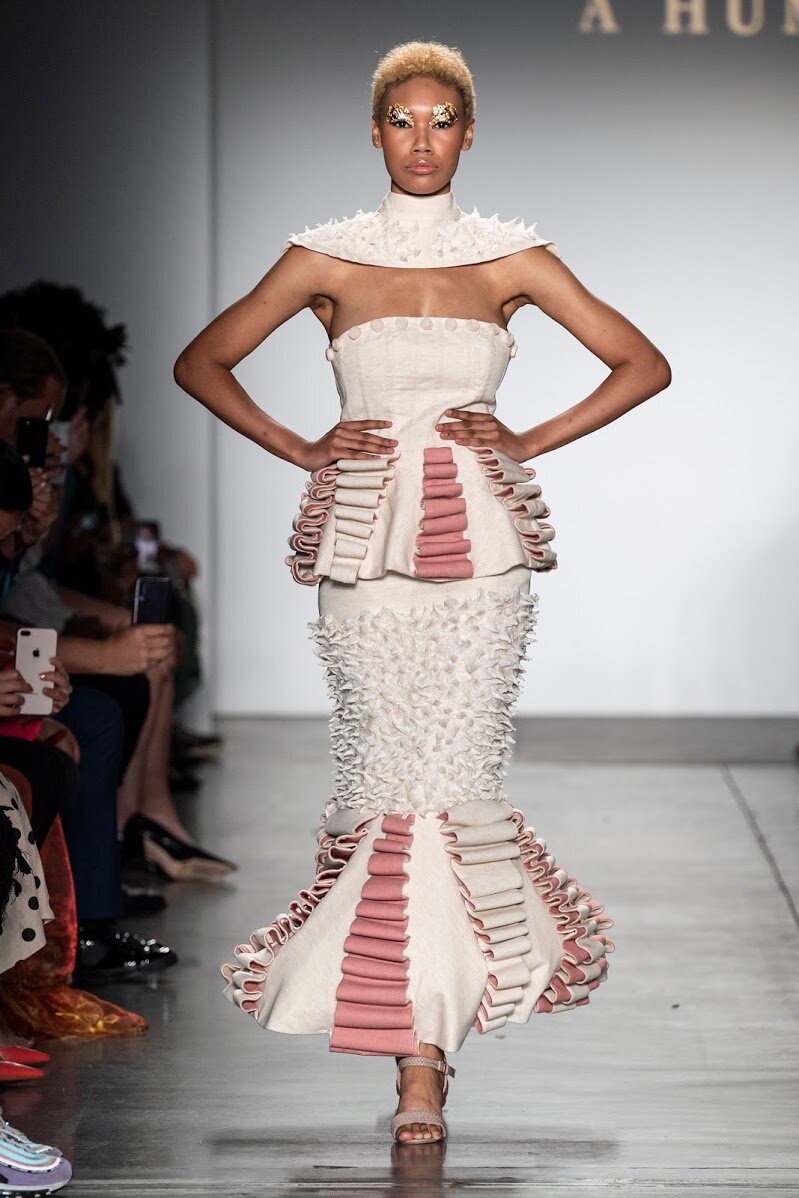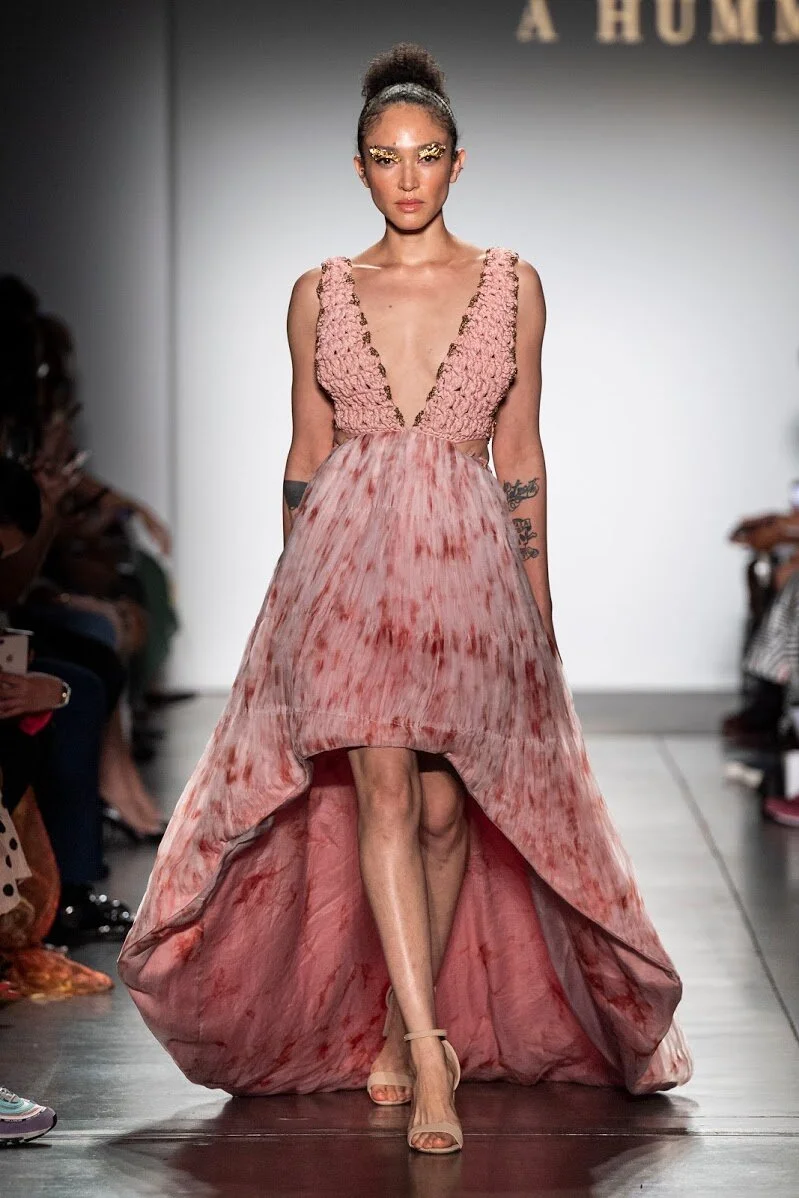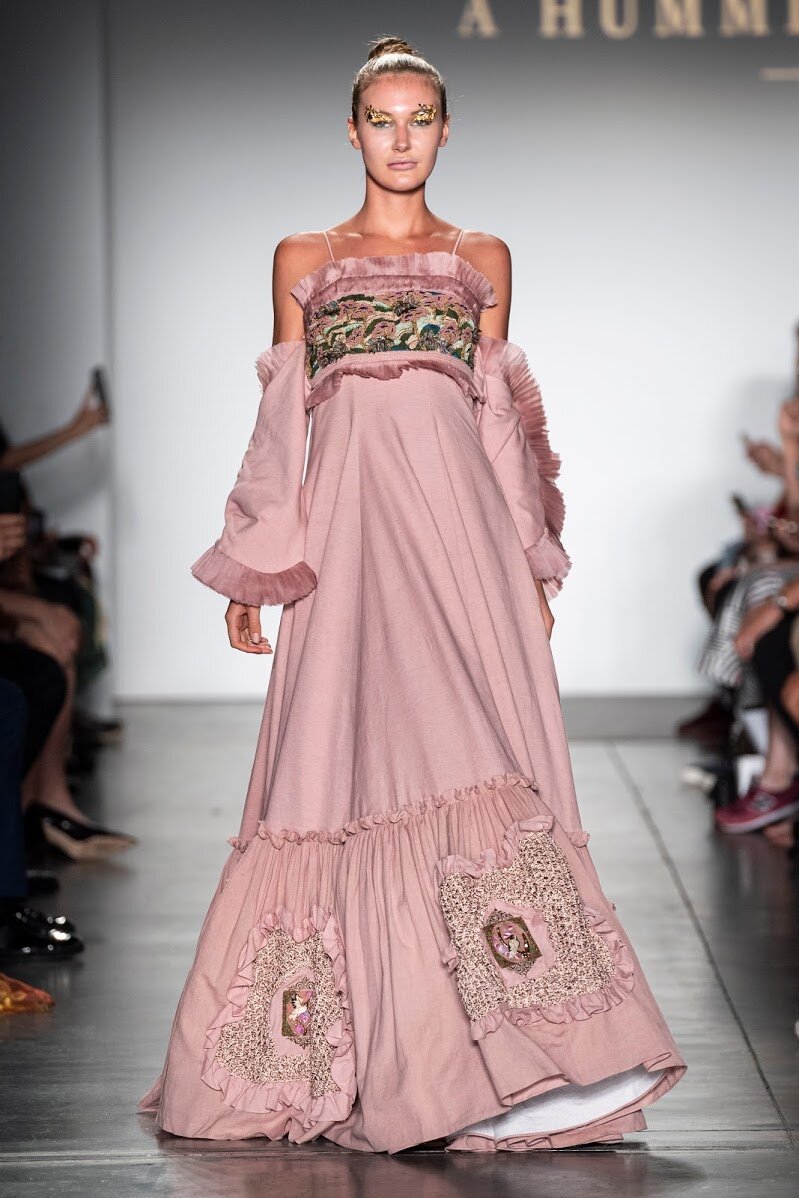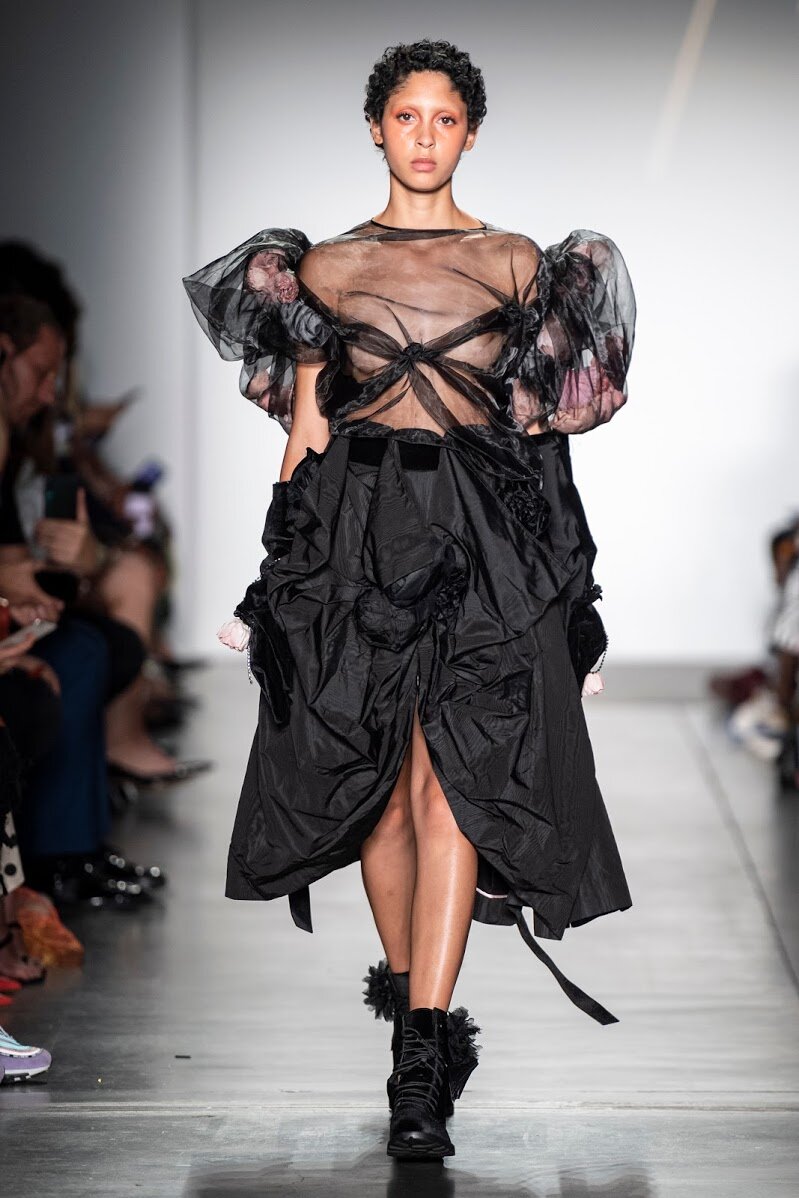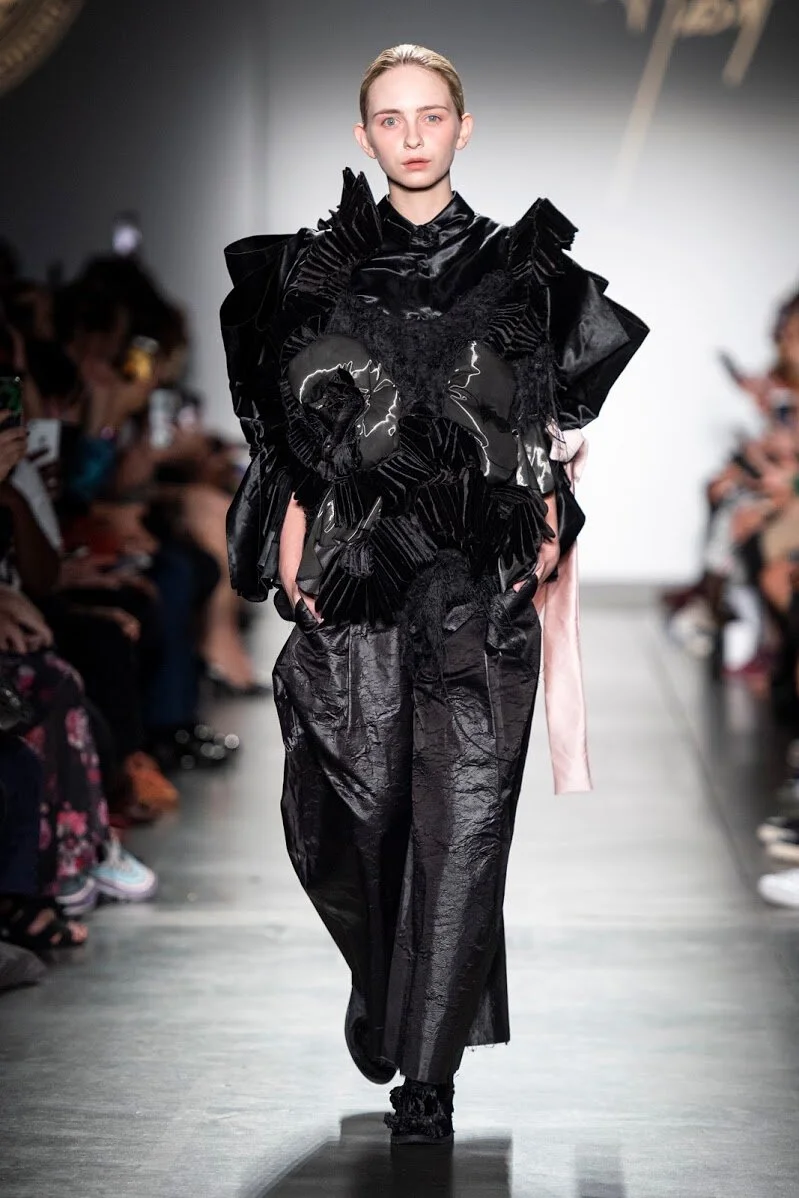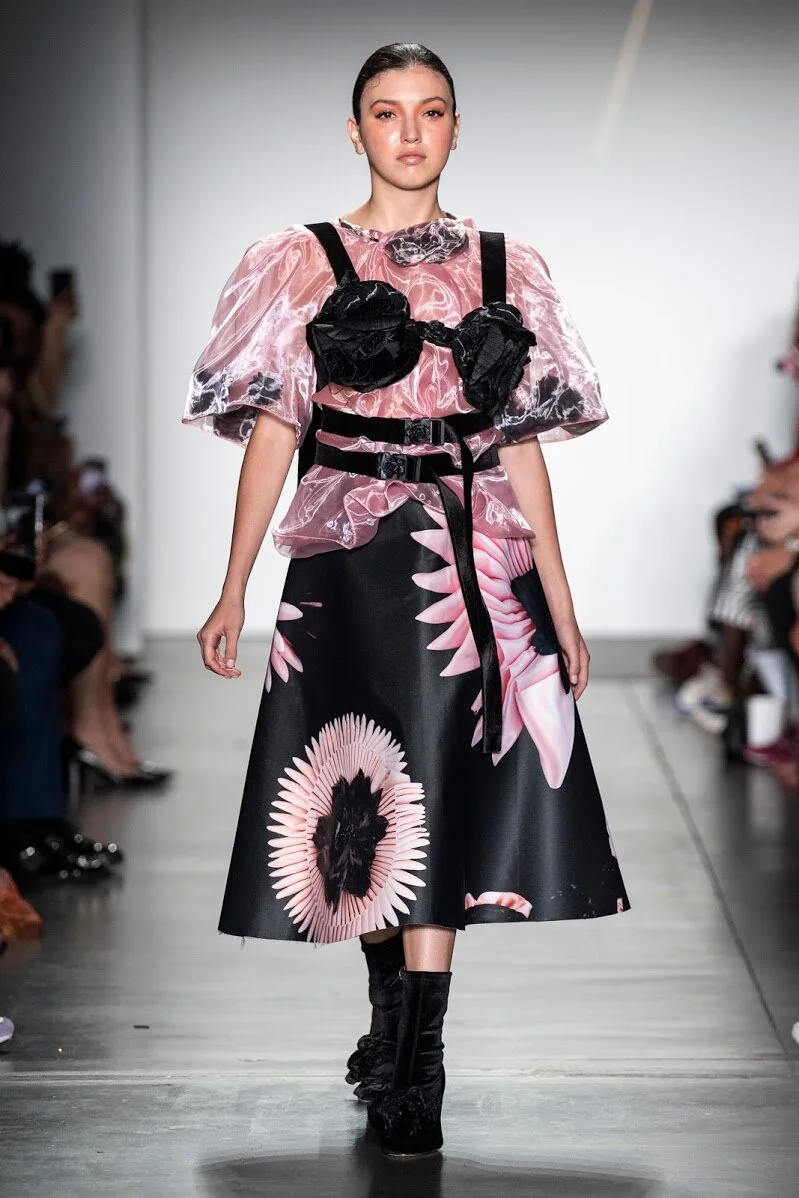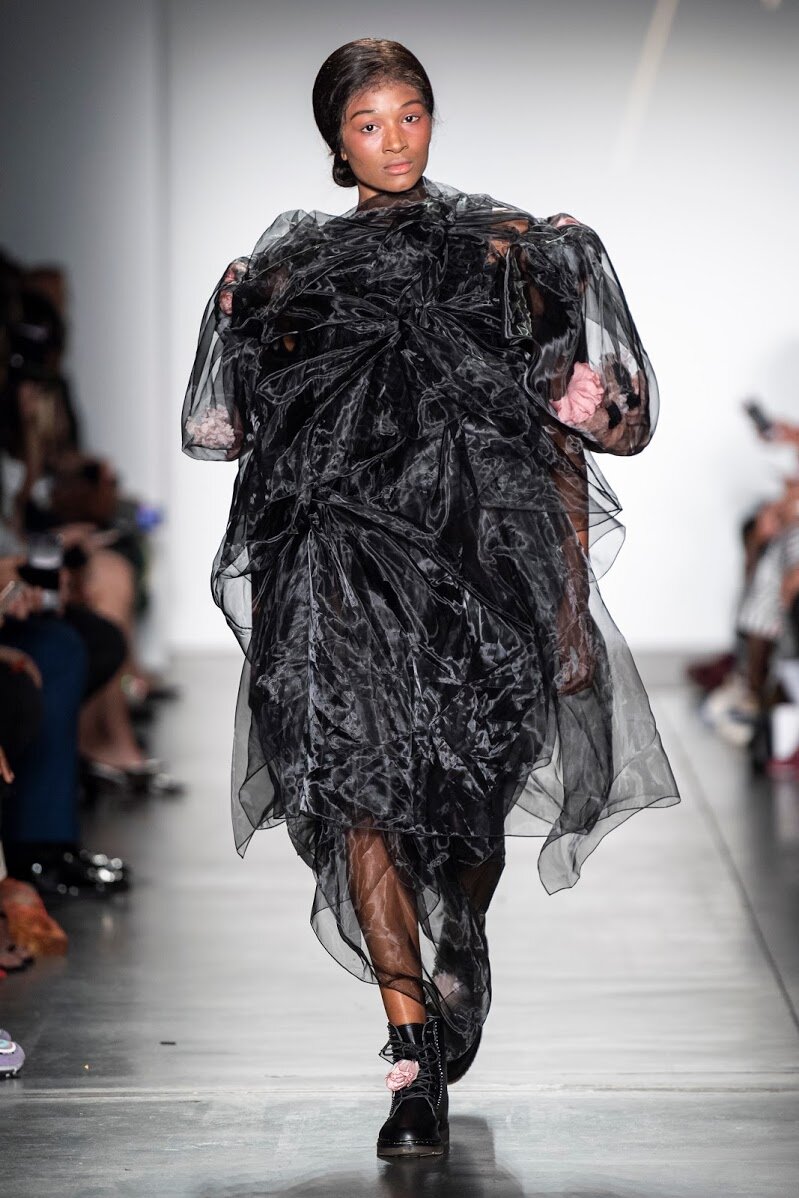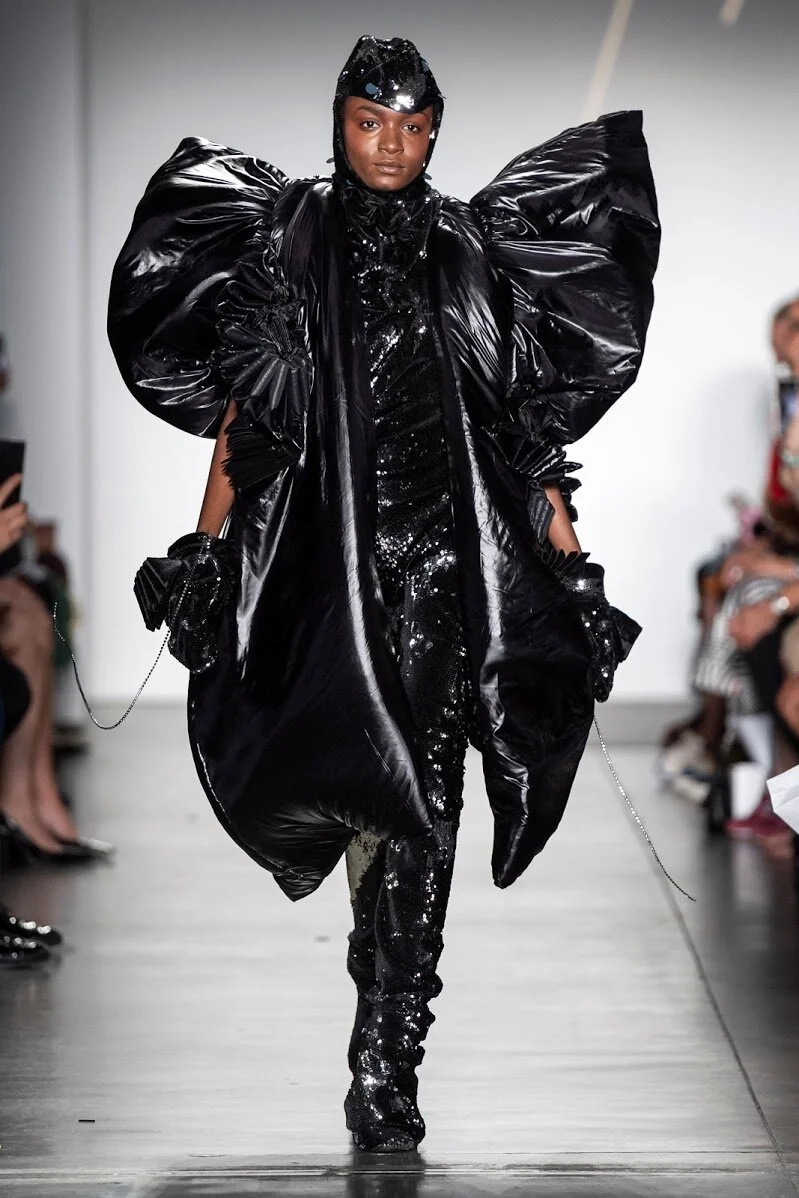“Have you said everything you wanted to say in fashion?”
“No.”
That is the promise dangling at the end of Reiner Holzemer’s new documentary, Martin Margiela: In His Own Words, which premiered at the Doc NYC film festival last week. After 90-ish minutes of exposition from Margiela himself, who remains so elusive only his hands were filmed, Holzemer abruptly asks if fashion’s most celebrated genius is really, truly, undeniably done with it all. No. And then the screen cuts to black.
Any hopes of Margiela’s return to fashion will have to be sidelined for now, however. “He won’t work as a fashion designer anymore in his life—probably,” Holzemer told Vogue during an interview on the day of the film’s world premiere. “But you never know. We all love that the movie ends with this. It gives you a nice smile in the end, which is important.”
Holzemer’s film is not so much about where Martin Margiela is in 2019—the designer speaks of painting and sculpting, though those pursuits are not shown in the documentary—or what he might do in 2020, but about the 20 years from 1989 to 2009 during which Margiela operated his eponymous label. As a portrait of a finite body of work—the two decades of Martin Margiela runway shows—Holzemer’s film operates as a circle: It begins with Margiela’s Spring 2009 20th-anniversary show, his final one, then waltzes through a chronology of his life and career with the help of talking head interviews with Olivier Saillard, Carla Sozzani, Stella Ishii, Pierre Rougier, Cathy Horyn, and more of his models, collaborators, friends, and critics, before finishing back at Margiela’s swan song.
That format allows for deep dives into the designer’s key collections and career points. It helps that the documentary was made alongside the preparation and installation of the Palais Galliera’s 2018 exhibit, Margiela / Galliera, 1989-2009. For 42 days, Holzemer, sometimes alone, sometimes with a skeleton crew, would visit the museum or Margiela’s studio and get the designer talking. “Which garments are important, which do you think we have to include in the movie?” Holzemer says he asked Margiela as they began filming. There were 110 items in the exhibit, and he made a list of 90 for the film.
Ultimately, they settled on around 70 crucial pieces, which are presented with voiceovers by the designer. These range from his cork necklaces—which we see Margiela making with his own hands as the film starts—through his doll collection of 1994 and his stockman collection of 1997. “I’m very grateful that he opened up and he trusted me so much. It was not always easy for him,” Holzemer says. The hits are all here: The Spring 1990 show staged in a playground (“The most magical show of my career”), his time as creative director of Hermès (“For me, luxury is the perfect balance between quality and comfort and if I could go farther I would add timelessness”), the Spring 2007 show that worked to establish new Margiela codes (“I wanted to be different, new, without rejecting my fans…. It felt like a new beginning.”)


